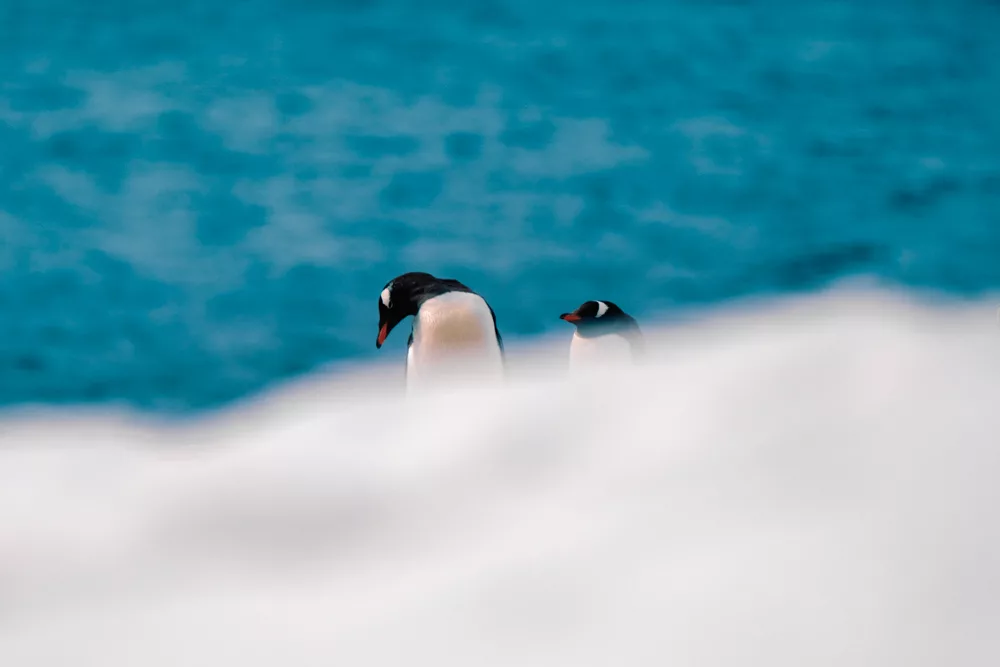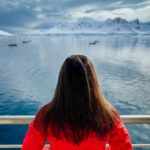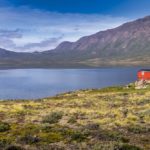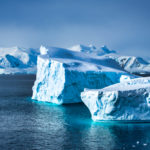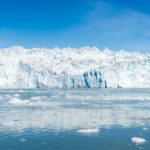From island-sized icebergs to close encounters with humpback whales, we share some of the myriad reasons to visit Antarctica
Antarctica was the final frontier for us. It was the only continent we hadn’t visited – our seventh – and a twice-postponed adventure that we had been planning for over two years.
We finally boarded our Albatros Expeditions ship in early January and sailed out of Ushuaia to cross the notorious Drake Passage.
Three days later, we crossed 66°33′48.9″ south of the Equator – the Antarctic Circle – before making landfall on the continent the following morning. Finally, we’d made it.
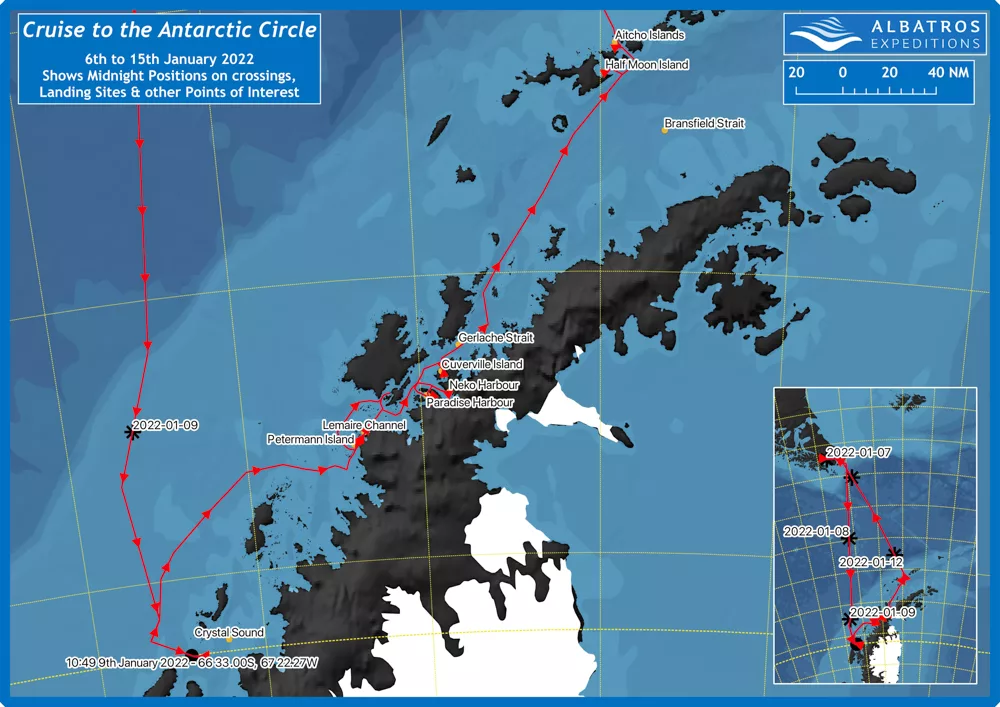
22 reasons to visit Antarctica
For us, visiting Antarctica was a watershed moment. It was everything we had hoped it could be: wild, isolated, beautiful, enormous, and home to some of the most extraordinary animal life we’ve seen.
The trip immediately became our number one travel experience – one we will savour for years to come. Everyone will have their different motivations for going (penguins!) but here are our favourite reasons to visit Antarctica.
1. Cutting through the pack ice
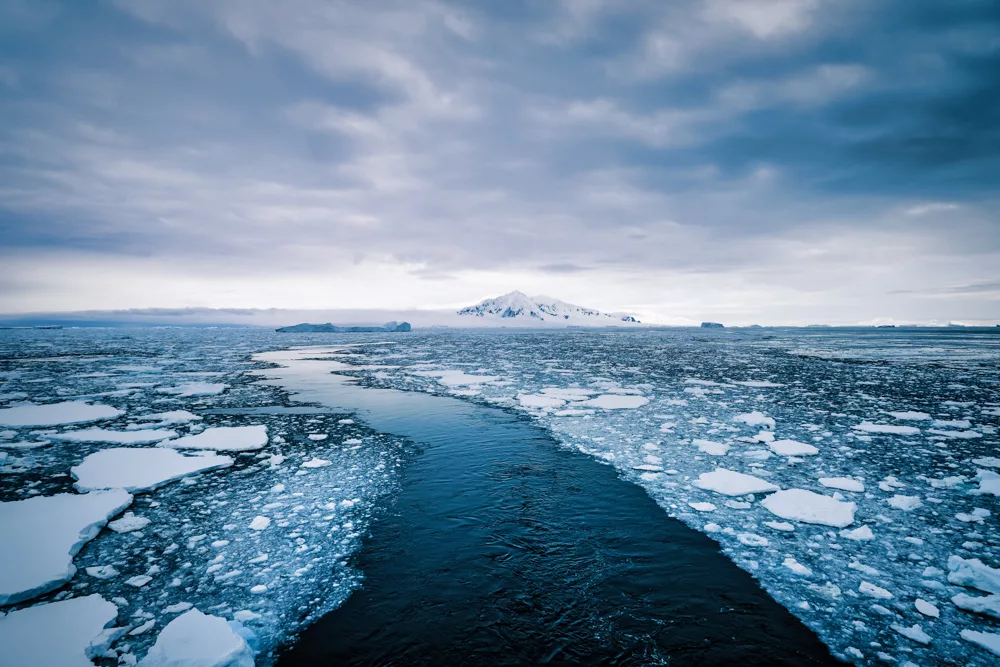
As we approached the Antarctic Circle after two days of nothing but the grey Drake Passage, the horizon began to change. We spotted our first iceberg, then the first land came into sight, and then came the pack ice.
The surface waters around Antarctica freeze during the winter into a thick slab of ice, effectively doubling the size of the continent. As the slab begins to thaw in the spring and summer, it breaks up into pack ice. Motoring through a sea of ice is an unsettling but arresting experience.
2. Crossing the Circle
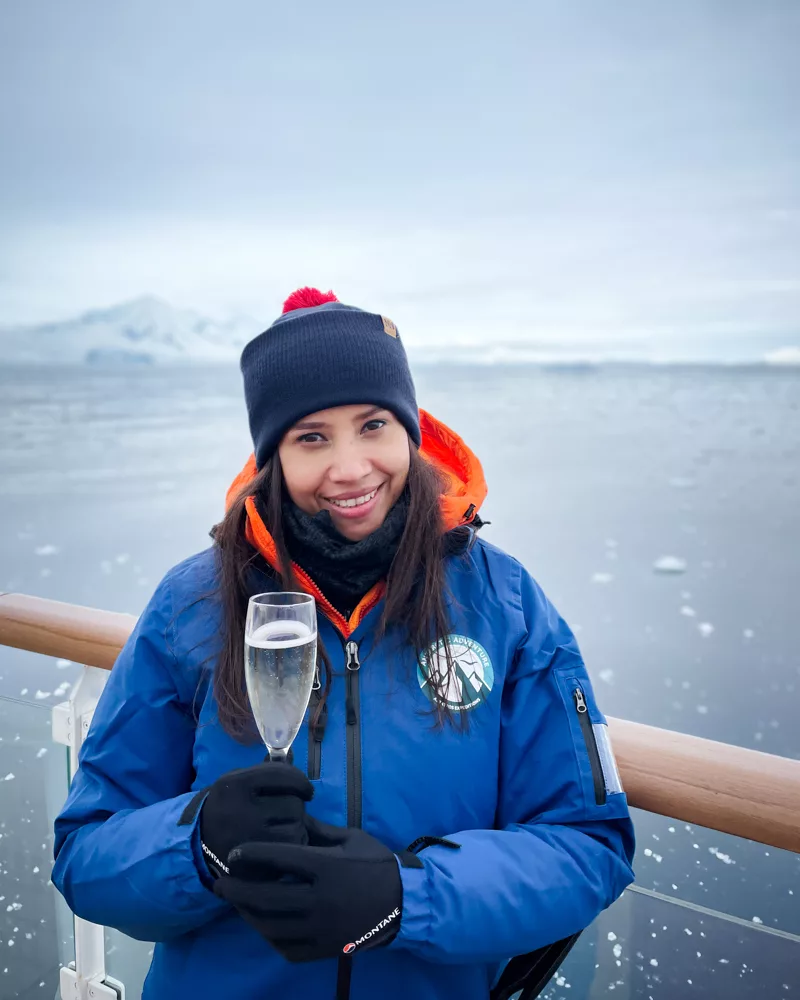
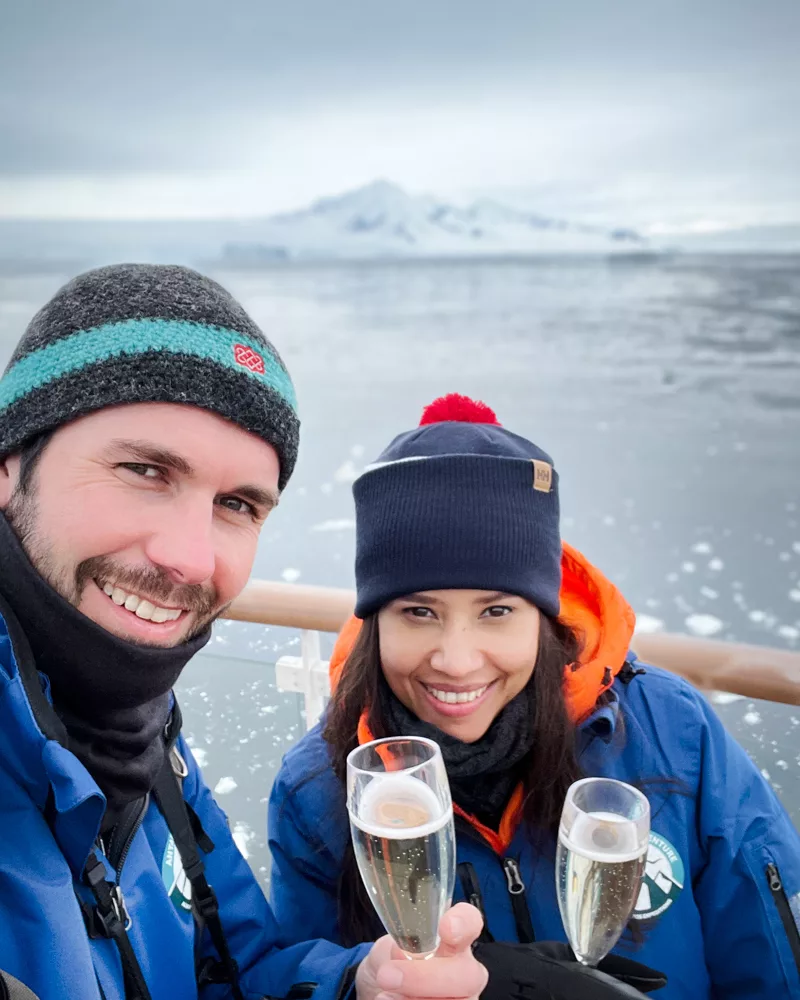
Atlas & Boots
A celebratory drink as we cross the Antarctic Circle
Not all voyages necessarily cross the circle even if they land on the continent itself, so reaching 66 degrees, 33 minutes south – the Antarctic Circle – was a landmark moment for us. We went out on deck with our fellow passengers and celebrated in style with a glass of champers.
3. Lazy leopard seals
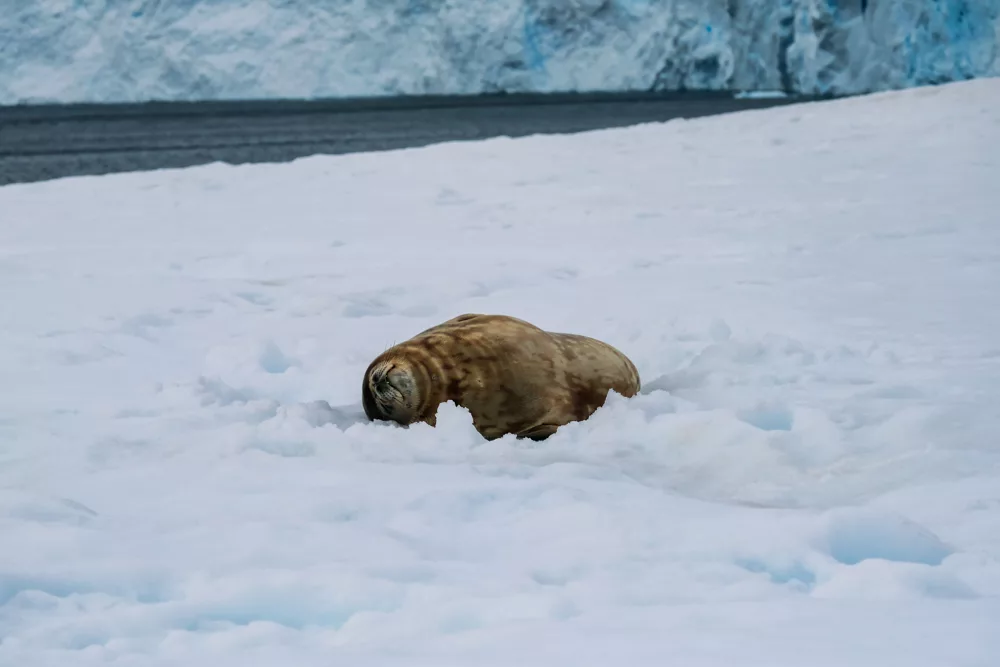
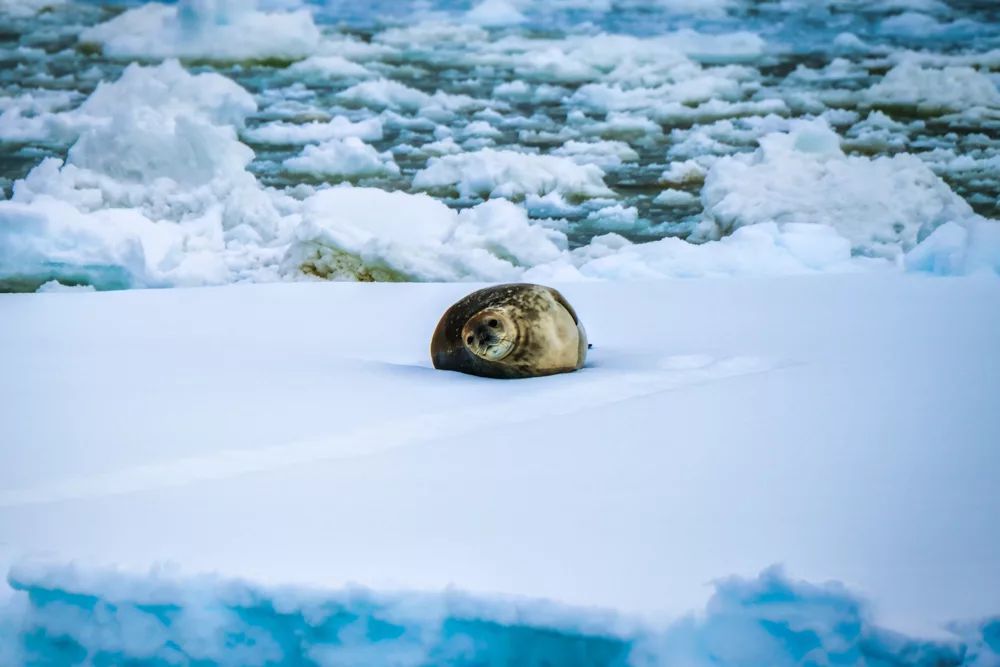
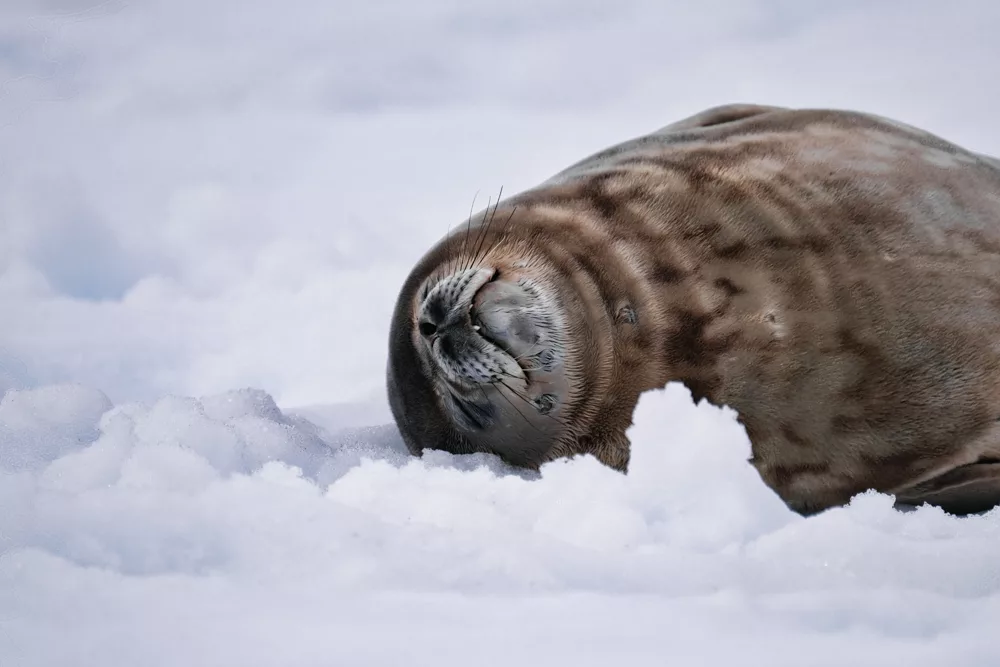
Atlas & Boots
A rather relaxed leopard seal
With the pack ice came our first sightings of Antarctic wildlife. At first, we thought it was a rock embedded in the ice, but as we got closer we realised it was a leopard seal stretched out on a floe. We spotted several more during the voyage, each one of them striking the same repose.
Leopard seals are named for their black-spotted coats and, despite their lackadaisical appearance on land and ice, are actually fearsome predators in the water. They are the only seals to feed on warm-blooded prey such as penguins, sea birds and even other seals.
4. A lonely Adélie

My favourite penguins are Adélies so I was over the moon when the first penguin we spotted was a lone Adélie taking a breather on a floe. Even though one member of our expedition team had a particularly close encounter when an Adélie jumped into his Zodiac, I wasn’t there to witness the occasion so, unfortunately, my lone Adélie also proved to be the last one I saw. Regardless, I was pleased to have seen one.
5. The gentoos of Neko
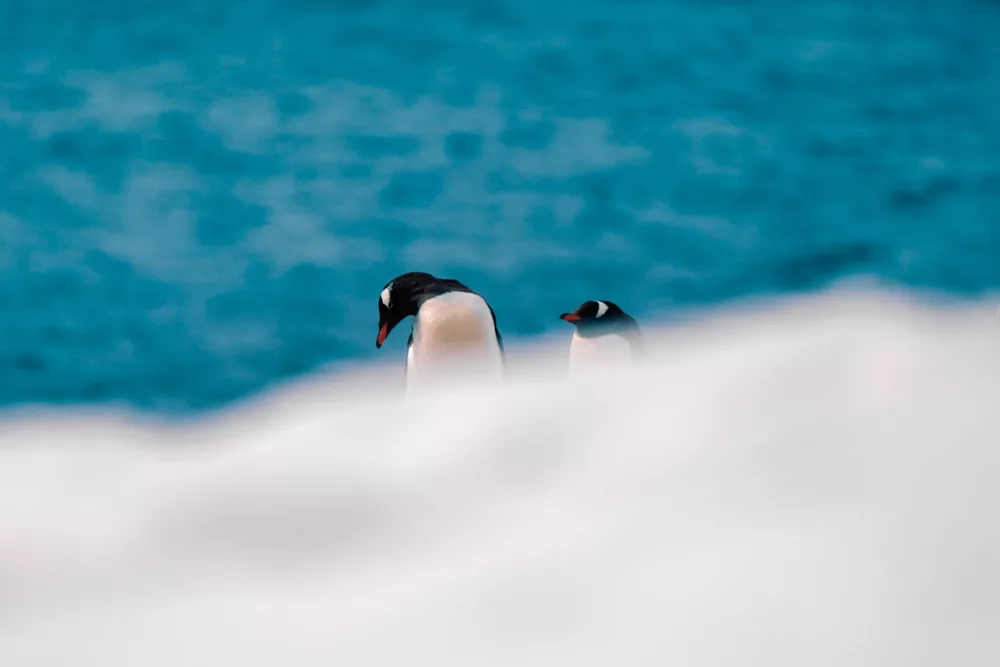
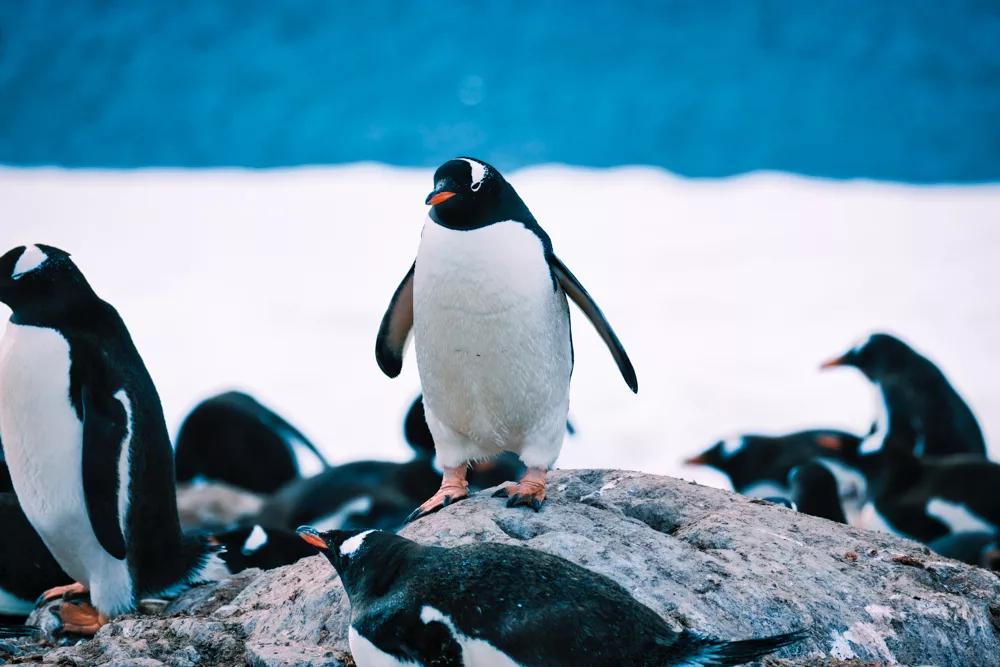
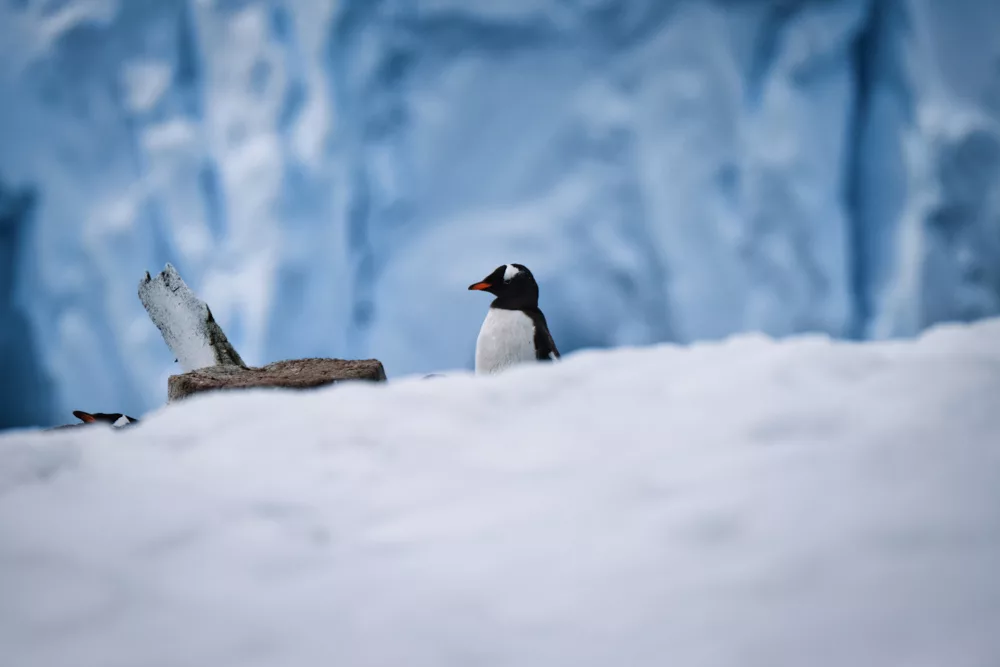
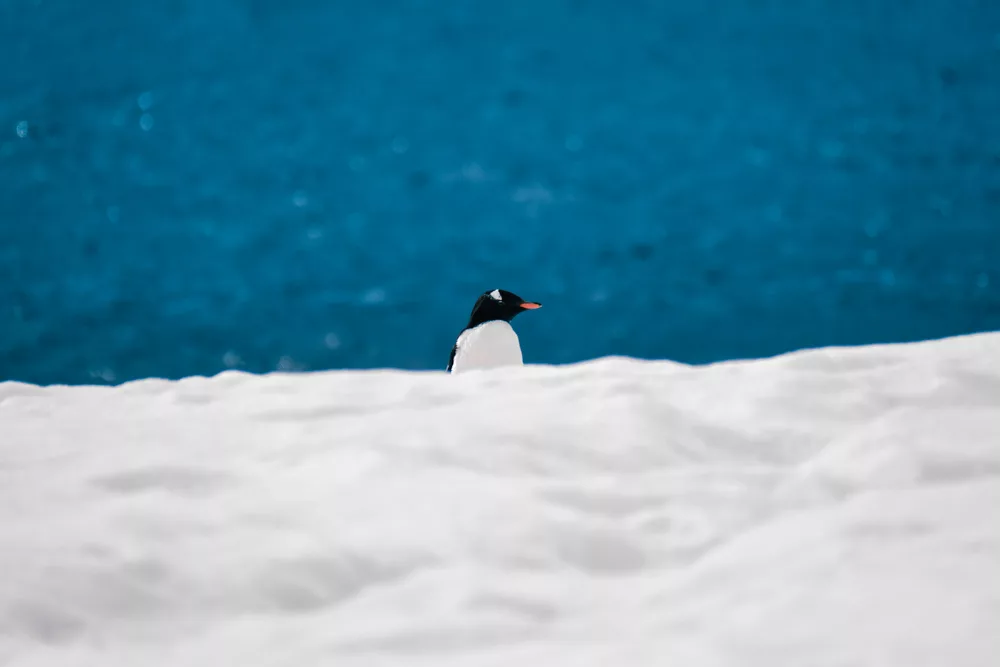
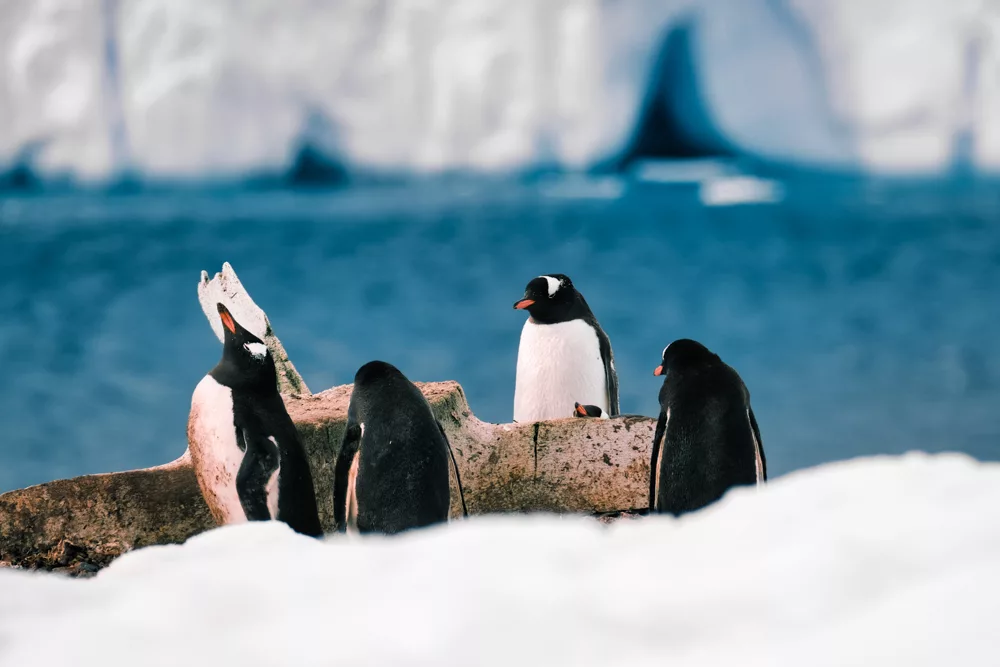
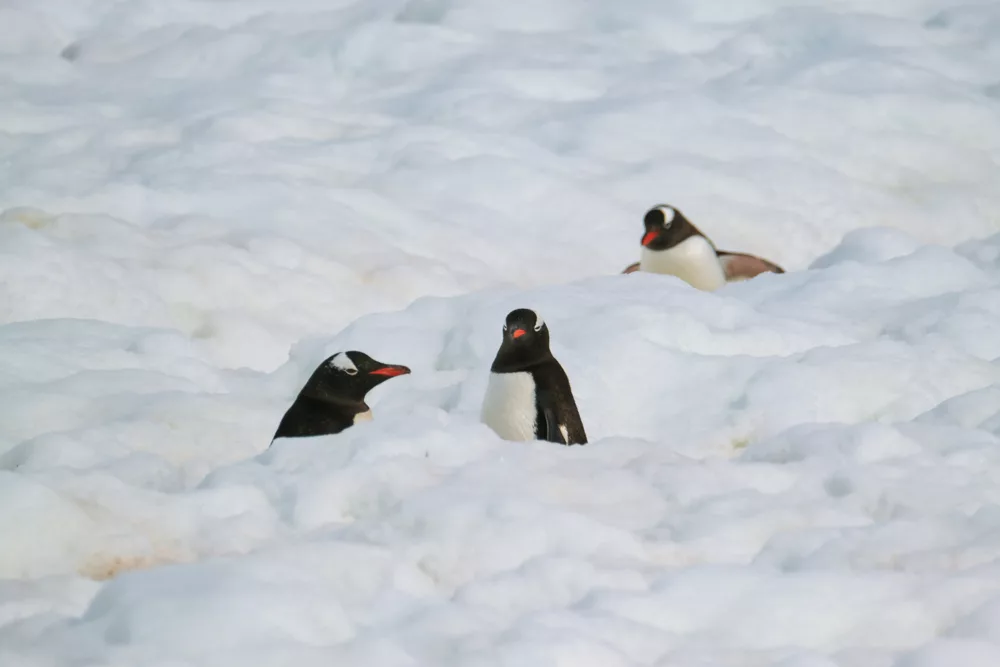
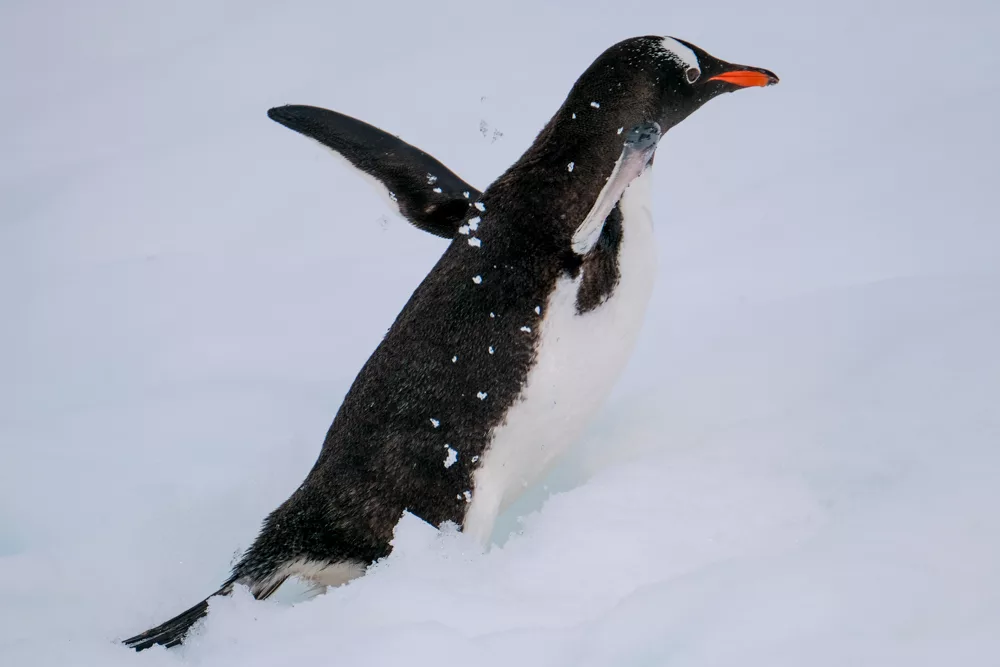
Atlas & Boots
The Gentoo penguins of Neko Harbour
Our first continental landing was momentous to say the least. We made landfall at Neko Harbour on the west coast of Graham Land, the northernmost section of the Antarctic Peninsula. Here, we were greeted by a bustling colony of Gentoo penguins labouring through thick snow. Surrounded by the steep-sided mountains of the Antarctandes, gleaming glaciers and pristine waters, the captivating scene was a pocket slideshow of Antarctica.
6. A sleepy humpback
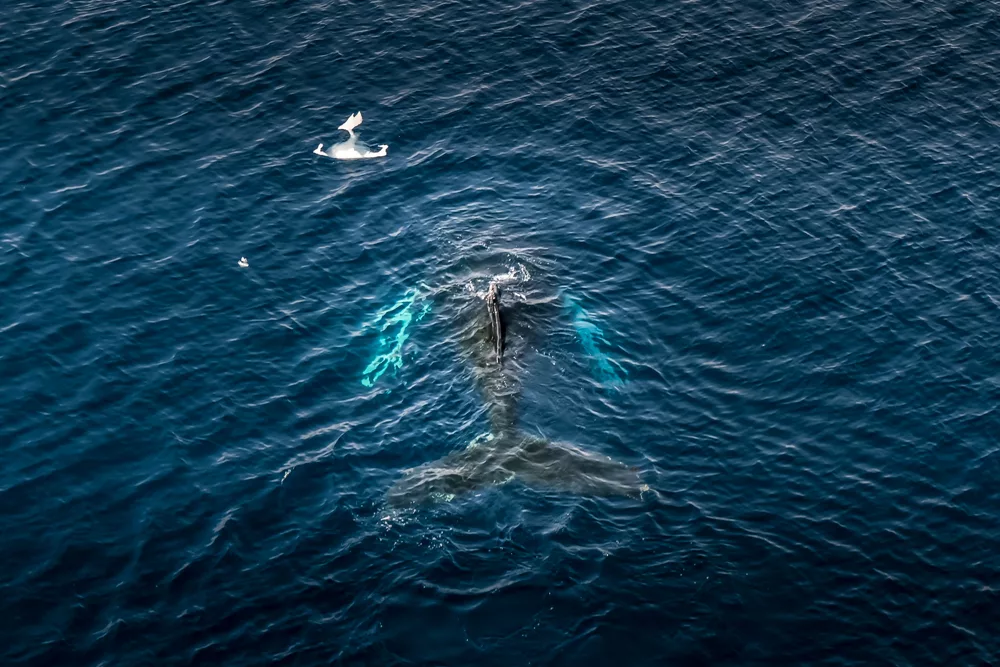
An unexpected highlight of the trip was watching a baby humpback whale sleeping off the bow of the ship. Even the captain came out on deck to watch the remarkable creature.
7. Antarctic Research station
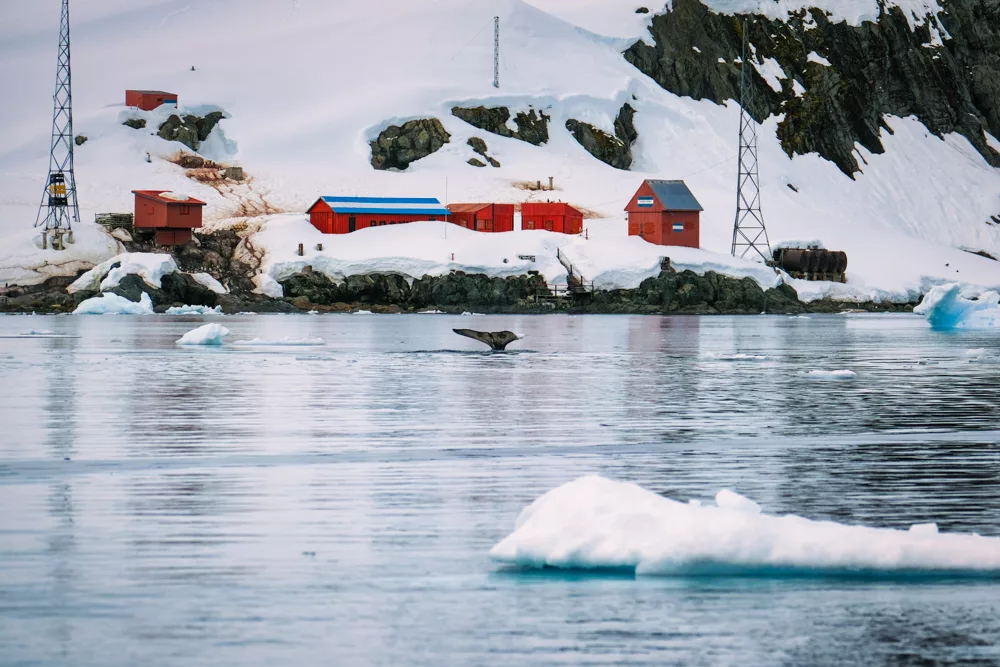
Antarctica does not and has never had an indigenous population, but there are over 60 scientific bases spread around the continent of which just over half are occupied year-round. In total, Antarctica has a permanent population of around 1,000 people, but this swells to over 5,000 in the summer.
Almirante Brown Research Station is an Argentine scientific research station in Paradise Bay. It usually houses up to 18 people but was empty when we saw it from our Zodiac. We didn’t land but it made an interesting backdrop to a pod of humpback whales feeding in the area.
8. charming Chinstraps
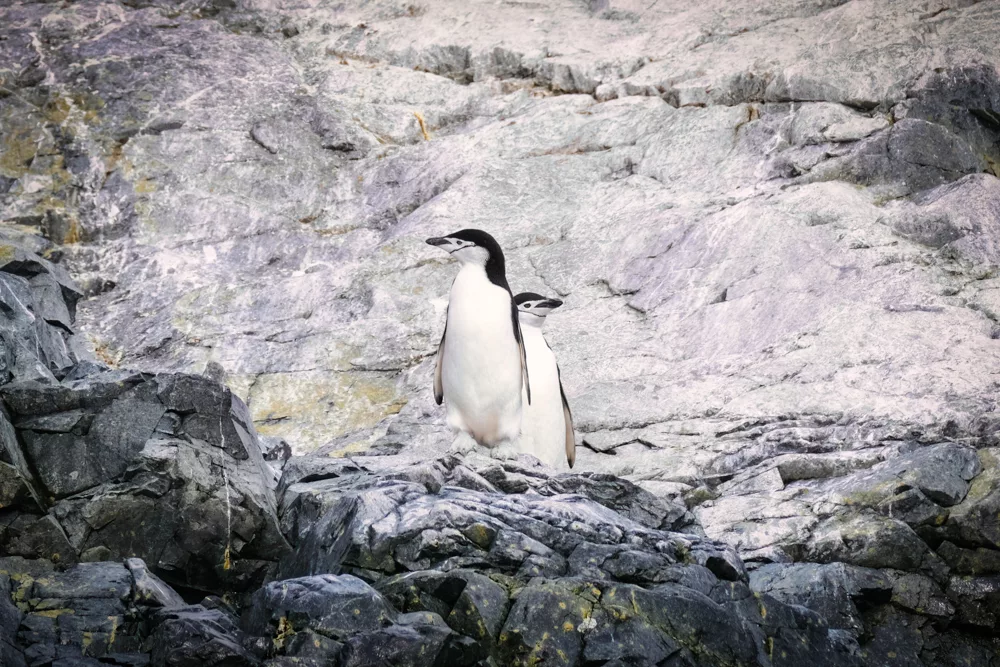
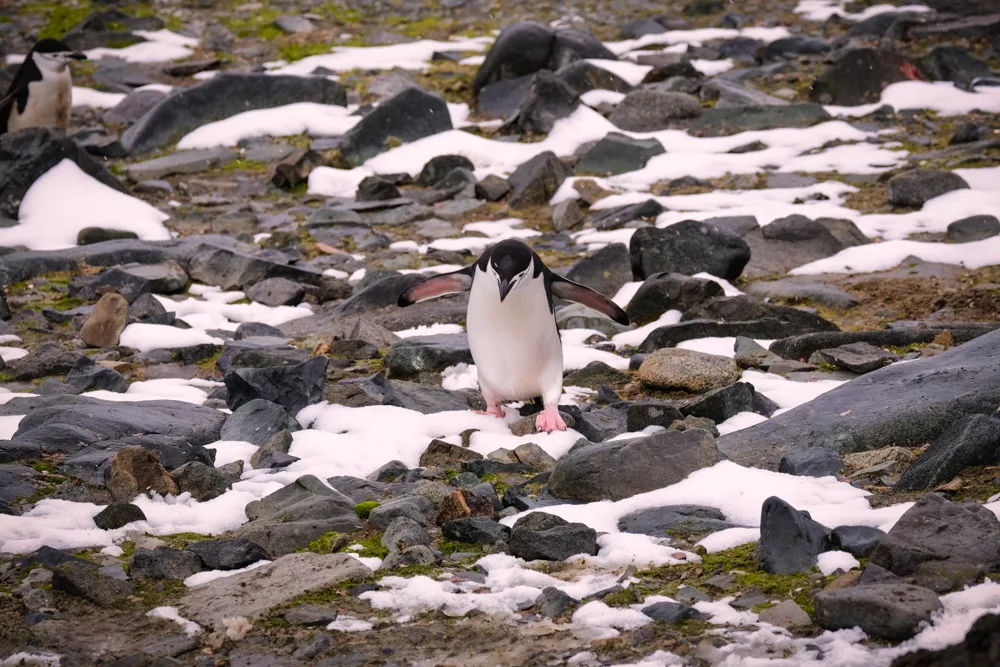
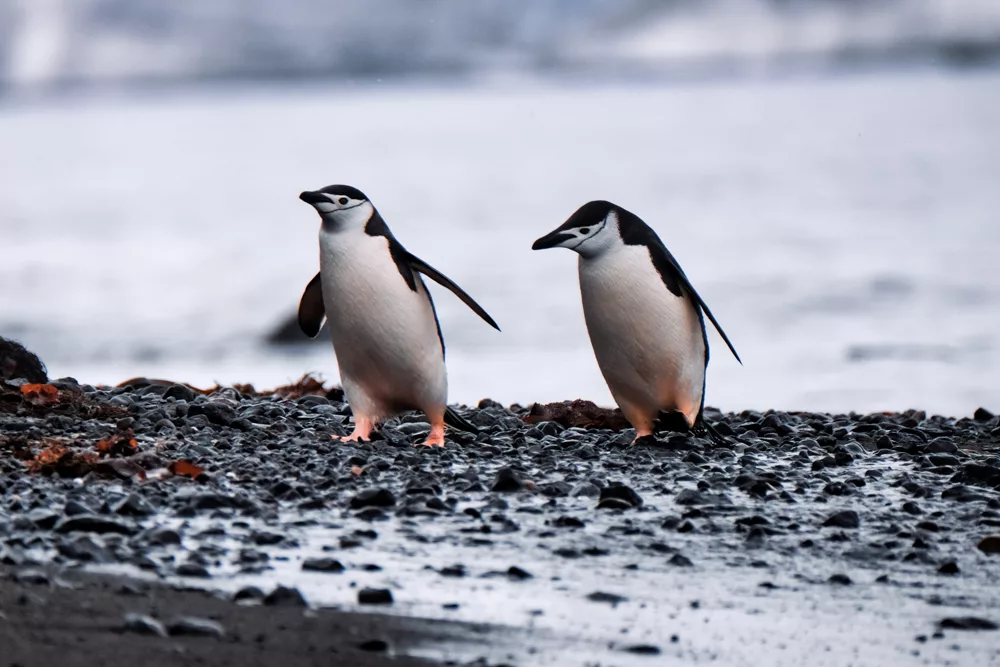
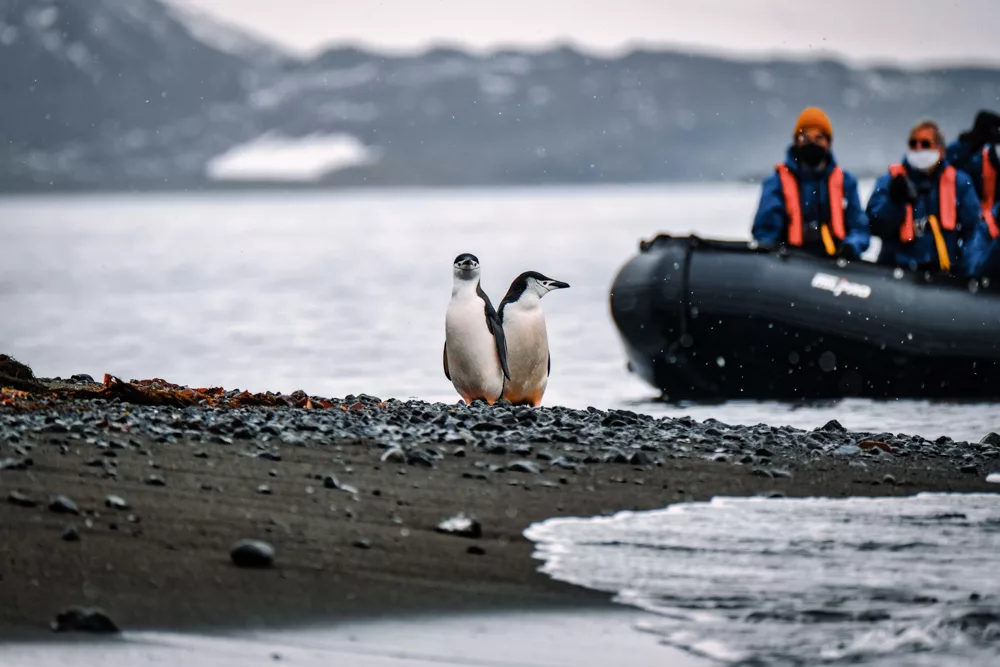
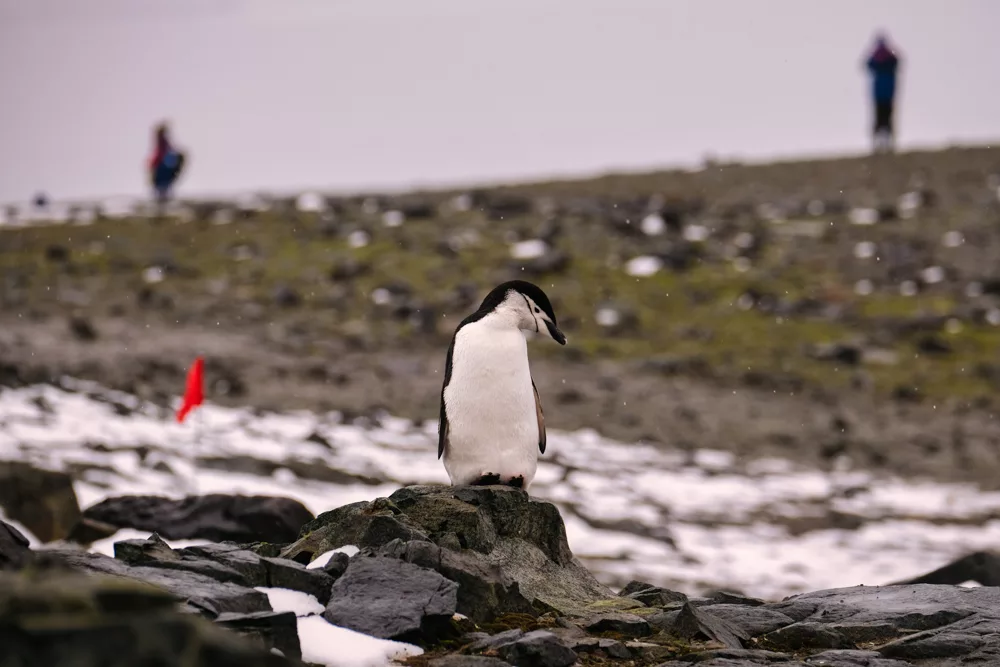
Atlas & Boots
The Chinstrap penguins of the South Shetland Islands
The South Shetland Islands, an archipelago located around 120km (65mi) north of the Antarctic Peninsula, are home to several colonies of Chinstrap penguins. Easily recognisable by the black neckband that gives them their name, Chinstraps are the most abundant penguin species in Antarctica with their total population estimated at over eight million.
9. Penguins on ice
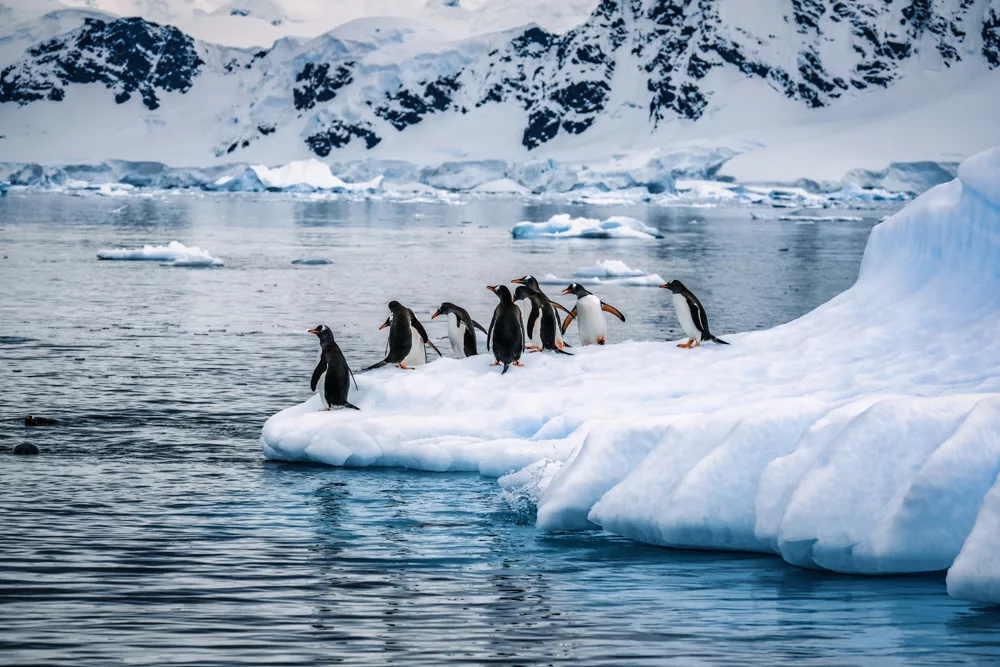
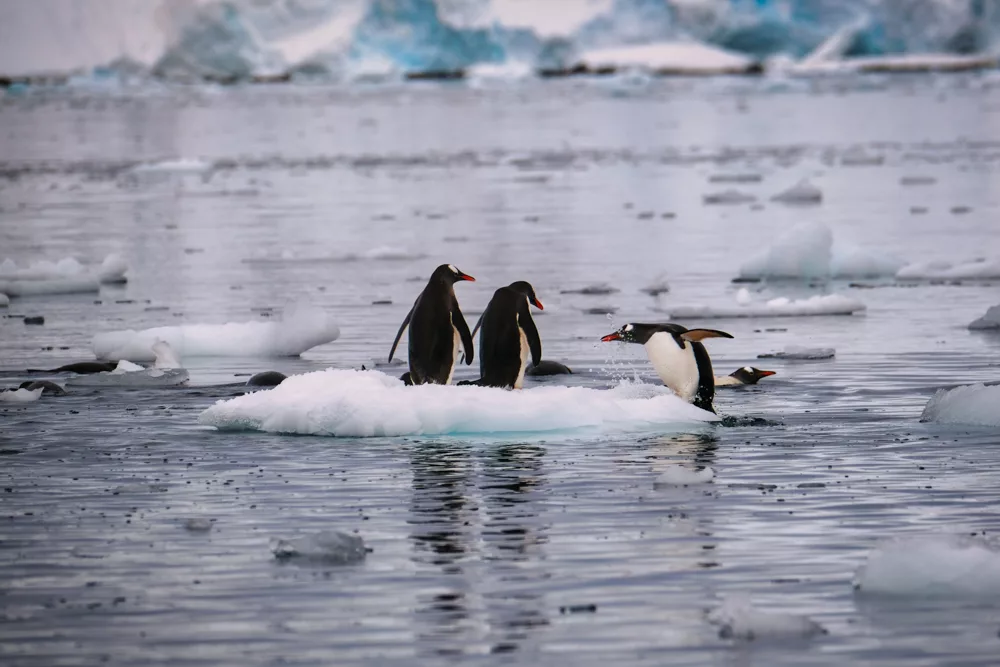
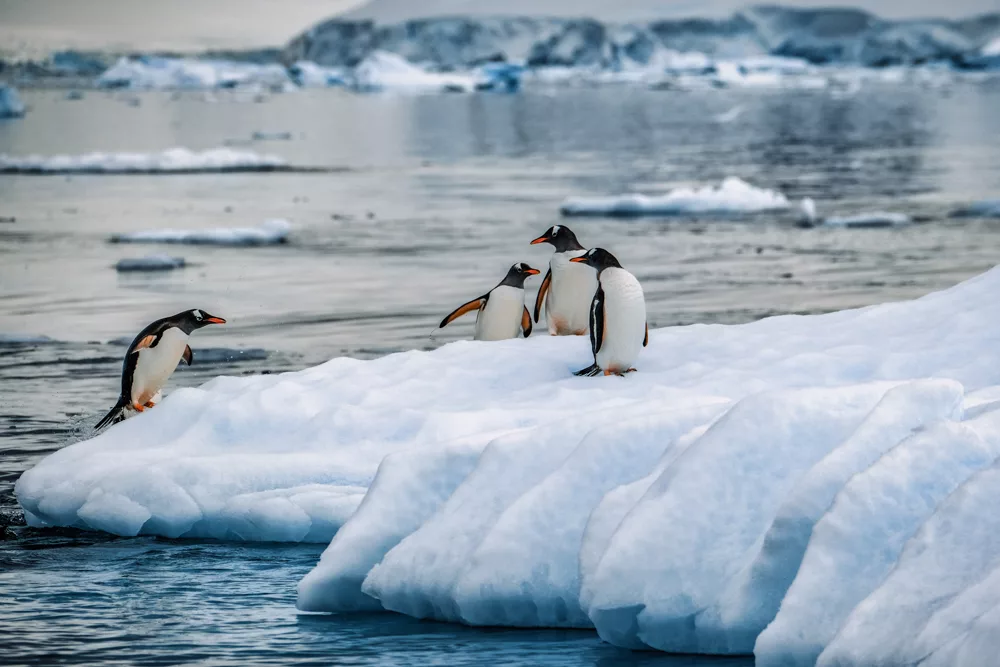
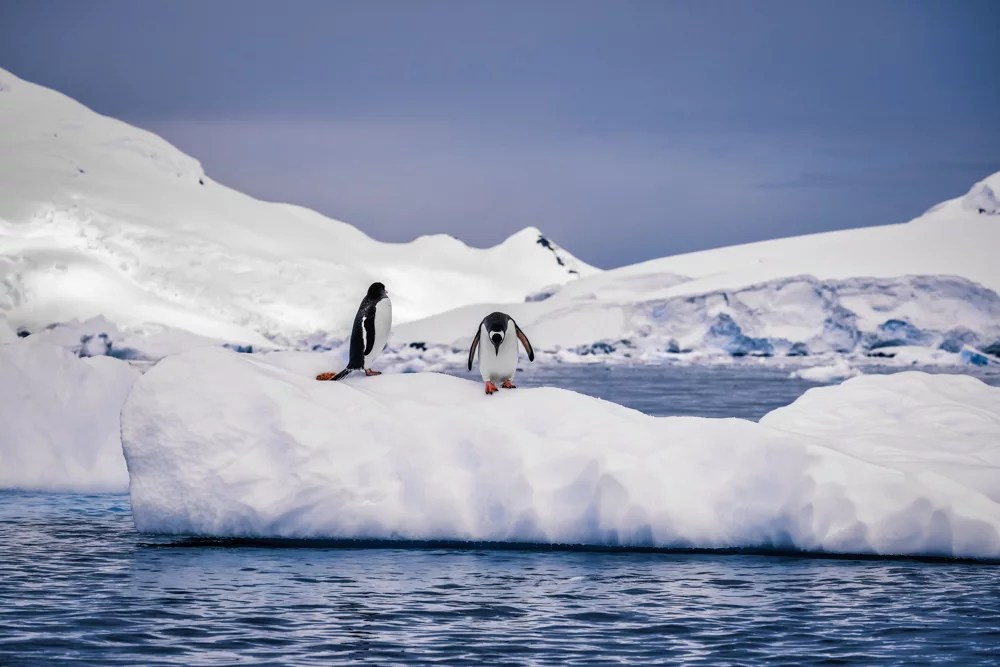
Atlas & Boots
Penguins on an ice floe
Penguins are social birds. They nest and breed in large colonies and, once their chicks are old enough, form crèches where multiple adults rear their chicks together to help keep them warm and protect against predators. And, as we witnessed frequently, they also like to meet up for a natter on passing icebergs and floes.
10. The White Continent
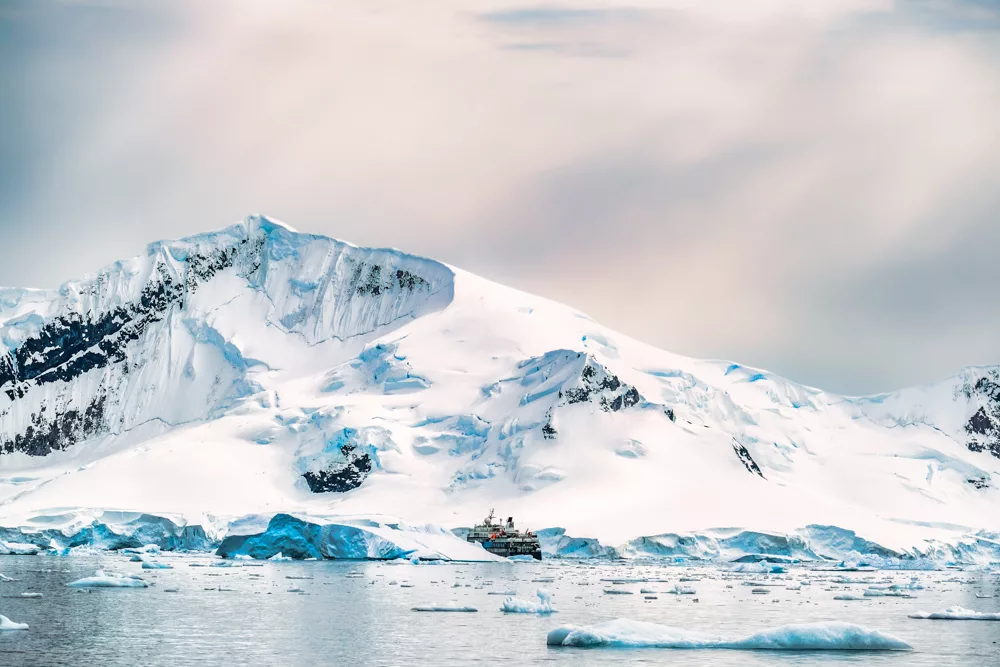
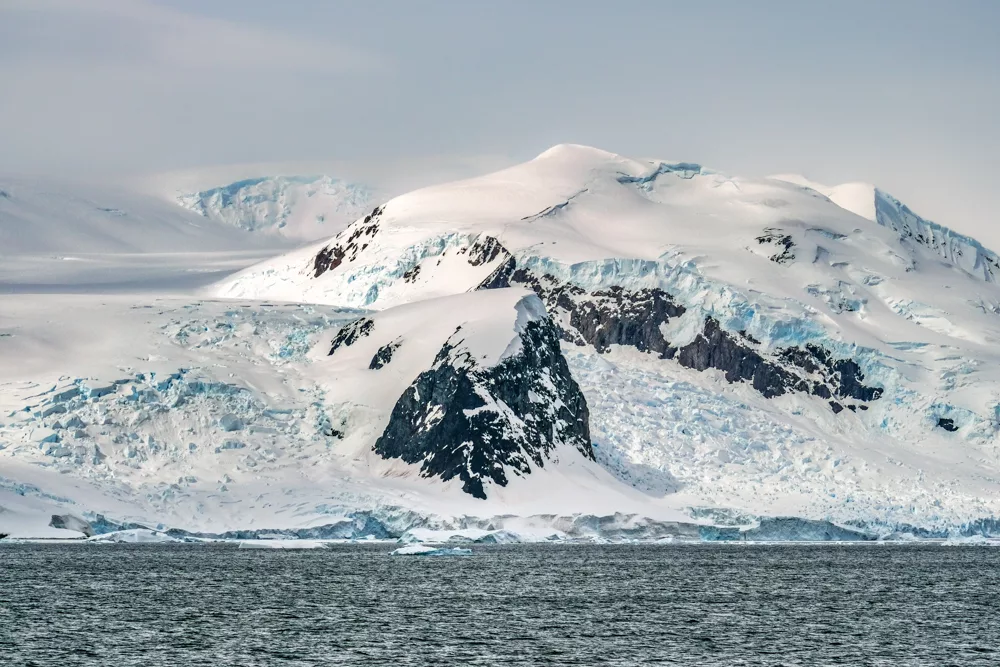
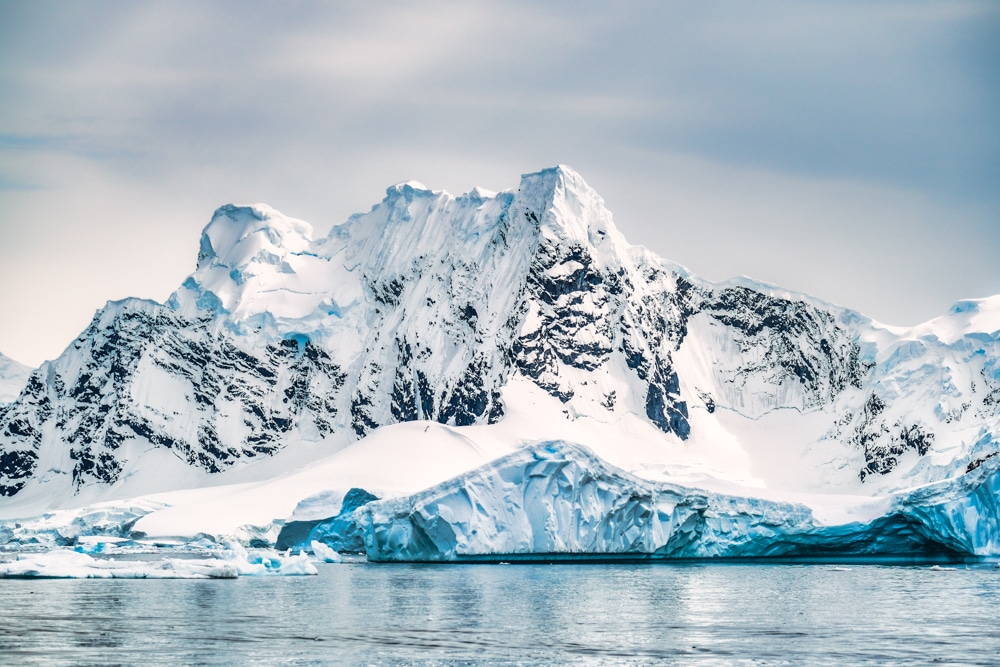
Atlas & Boots
Most of Antarctica is covered in ice
There’s a reason they call it the white continent. Around 98% of the Antarctic continent is covered in ice. The Antarctic ice sheet covers an area of almost 14 million km² and contains 30 million km³ of ice. This represents roughly 60% of the world’s total freshwater and 90% of the world’s surface freshwater, equivalent to a 70m (230ft) rise in global sea level if it melted.
In fact, the Antarctic ice cap is so crushingly heavy, the Earth’s crust is pushed down into the mantle, making the Earth flatter at the bottom of the globe than at the top.
11. Colossal icebergs
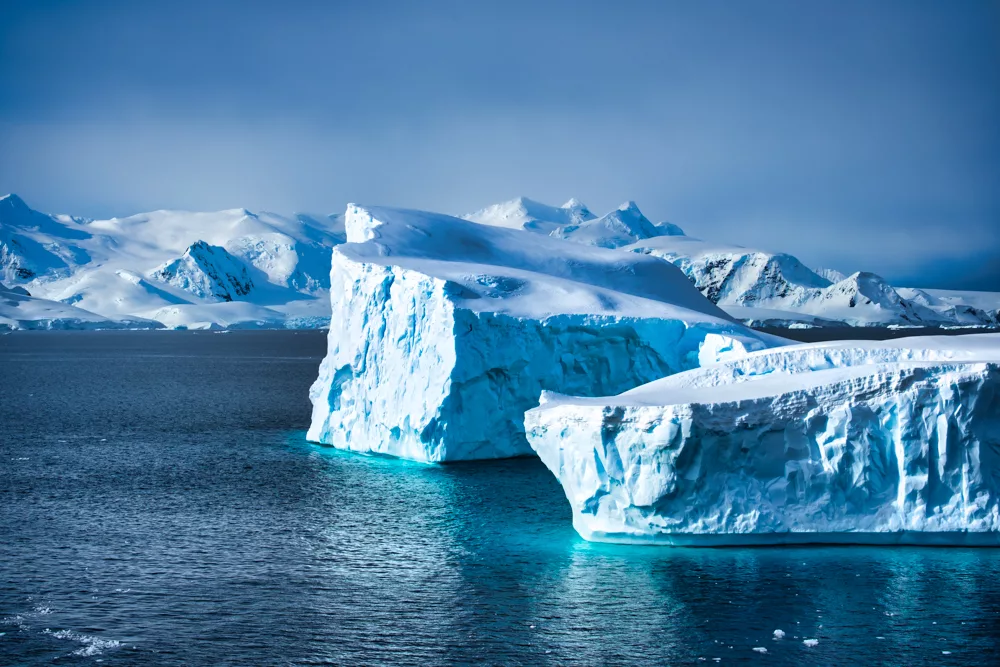
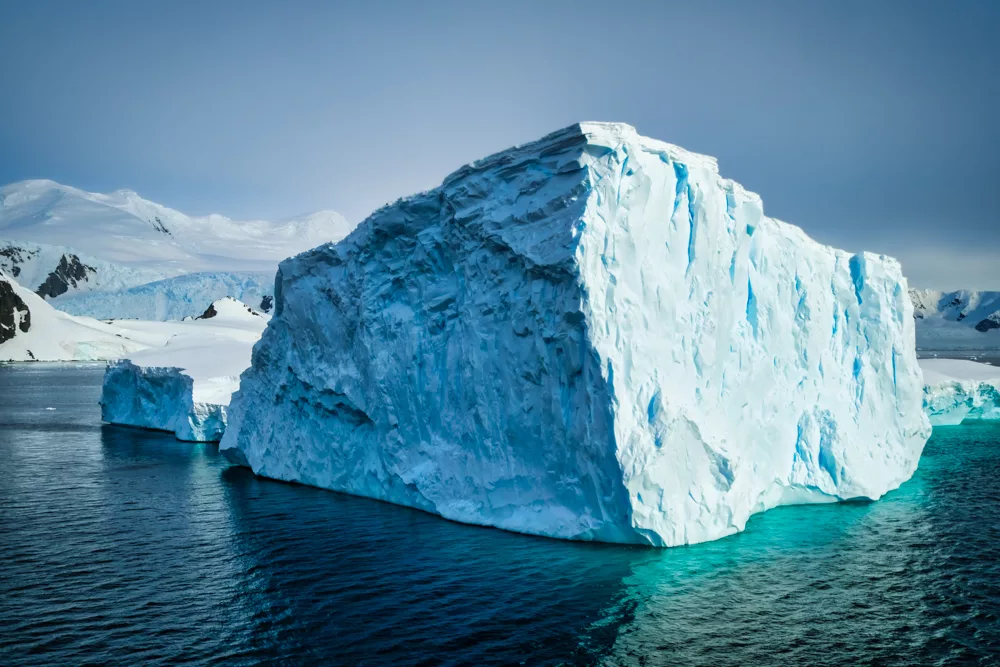
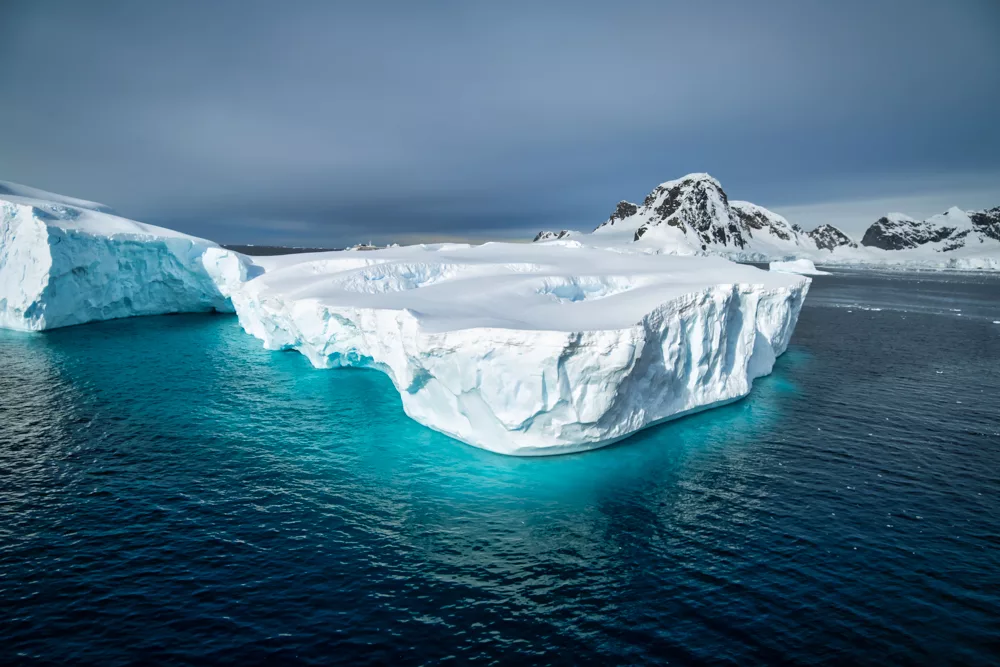
Atlas & Boots
Island-sized icebergs
All that ice never stays still; it is always shifting. As glaciers meet the sea, they calve, creating icebergs of all shapes and sizes. Flat-topped tabular bergs, smooth and rounded domed bergs, pinnacled bergs with soaring spires and sharp pyramids and dry-docked bergs with U-shaped slots all make their way out northwards from the continent to eventually melt away in the warmer Pacific, Indian and Atlantic oceans.
12. Paradise Bay
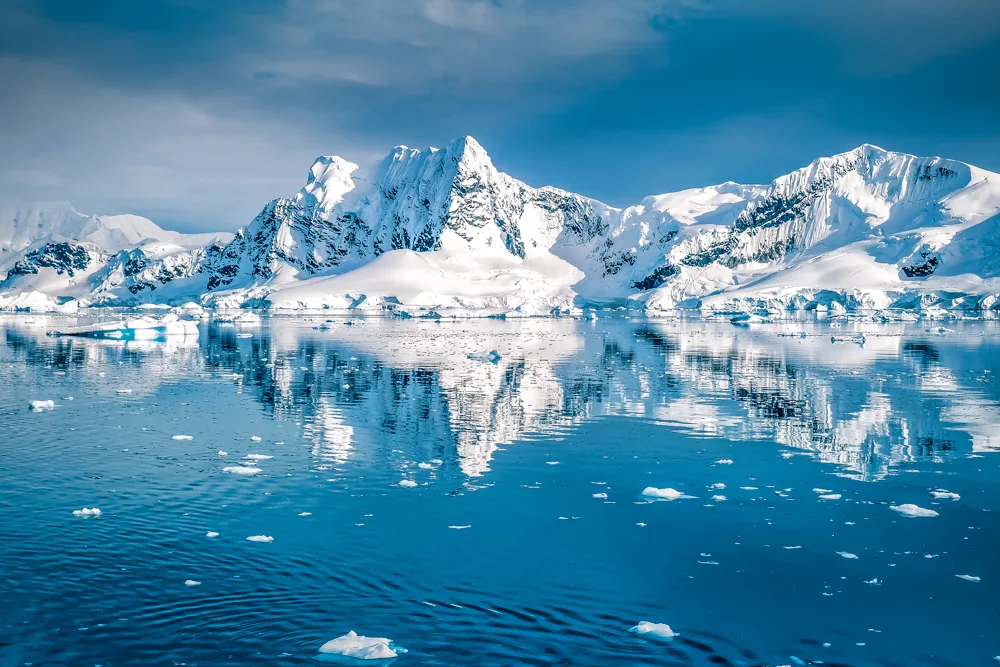
It’s easy to see how Paradise Bay got its name. It may just be the most beautiful place on Earth. We spent a gloriously peaceful 24 hours at anchor in the sheltered bay surrounded by glassy water, porpoising penguins and hungry humpbacks.
13. Polar plunge
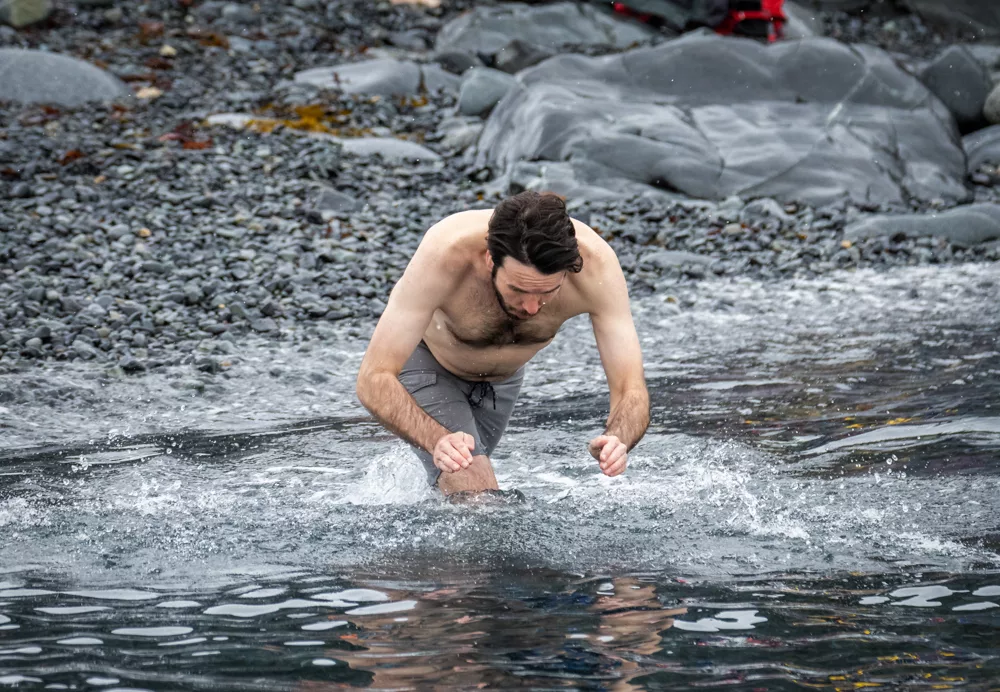
A fearsome rite of passage for visitors to the region, the Polar Plunge entails jumping into near-freezing water (1-2°C) usually off the ship, occasionally off a Zodiac and sometimes off the shore. We did our plunge from the shore of Half Moon Island while inquisitive Chinstrap and Gentoos looked on. It was, uhm, bracing, to say the least.
14. Whale spotting
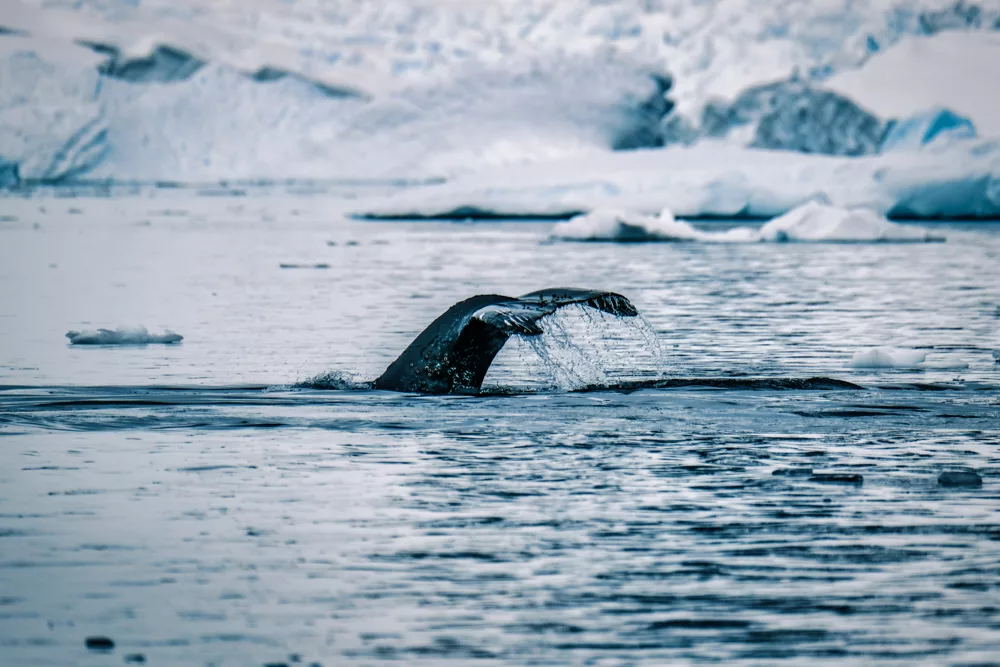
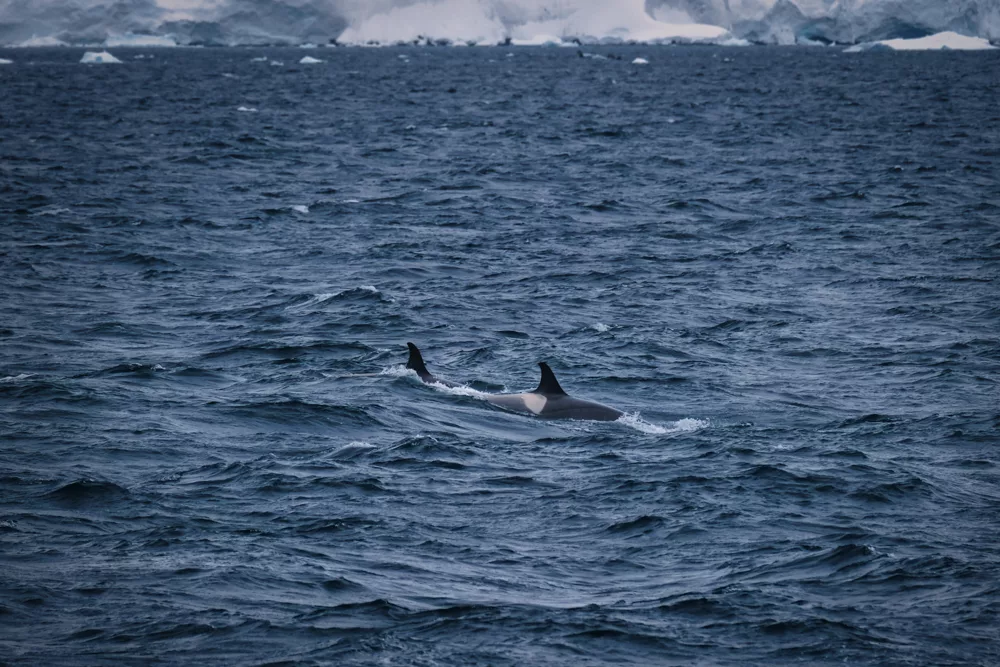
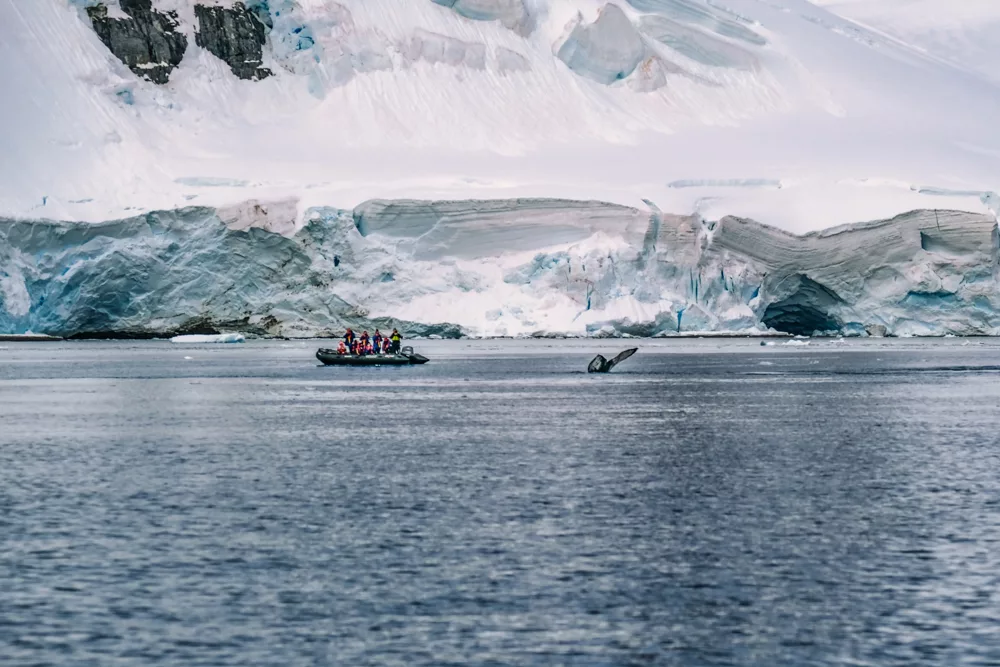
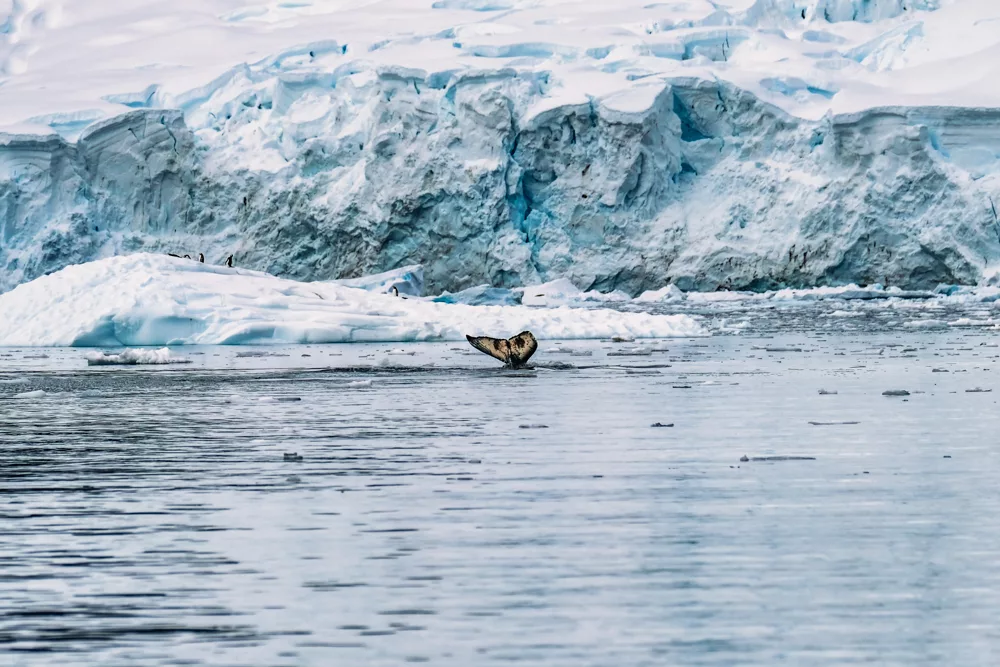
Atlas & Boots
We saw three species of whales in Antarctica
We saw whales on almost every day of the trip. We spotted orcas once from the ship and saw humpbacks several times from both the ship and the Zodiacs. One lucky group of passengers had a remarkably close encounter with a curious humpback who came right up to the side of their Zodiac. We even saw a minke whale briefly during a Zodiac cruise but it was gone before I managed to get a photo.
15. Our expedition ship
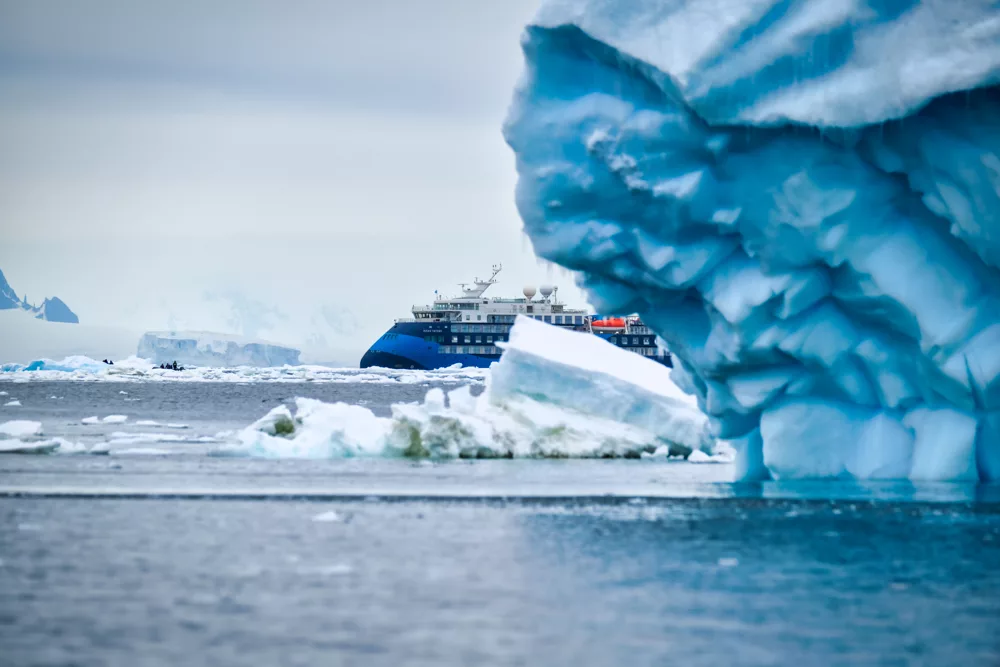
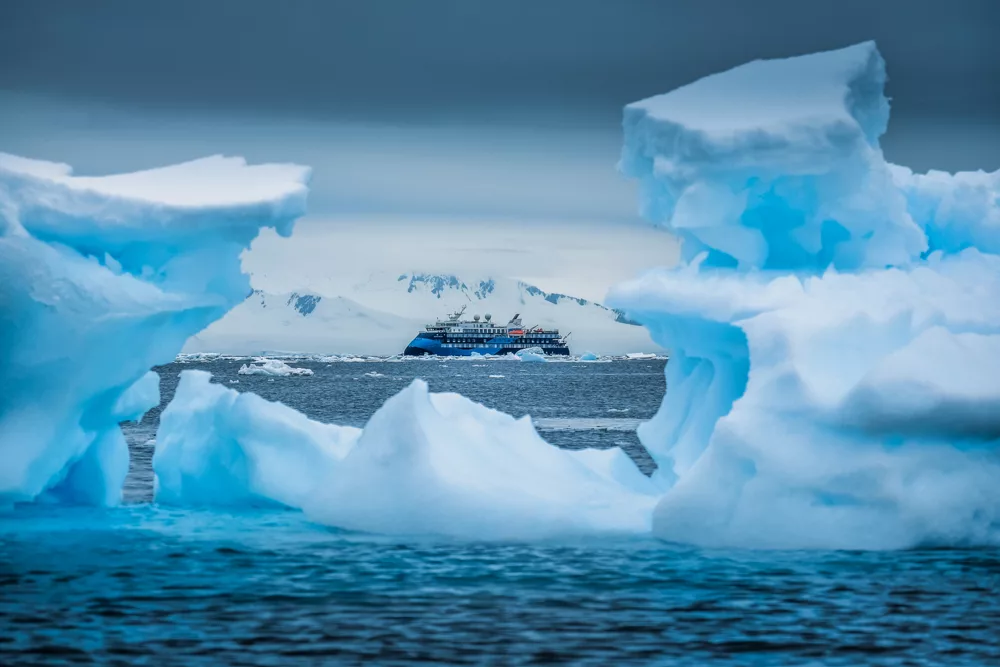
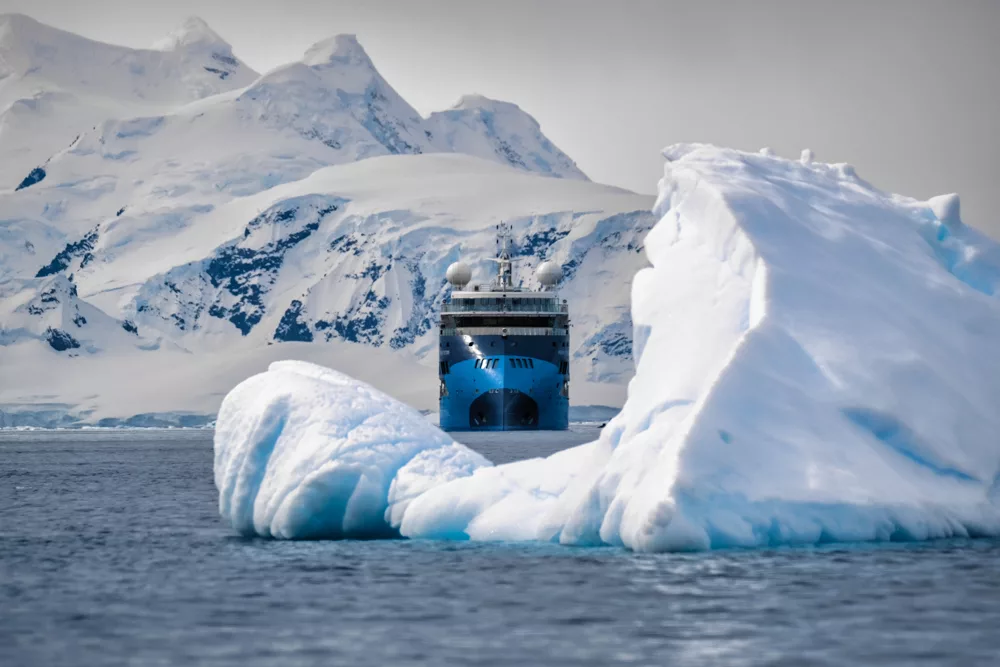
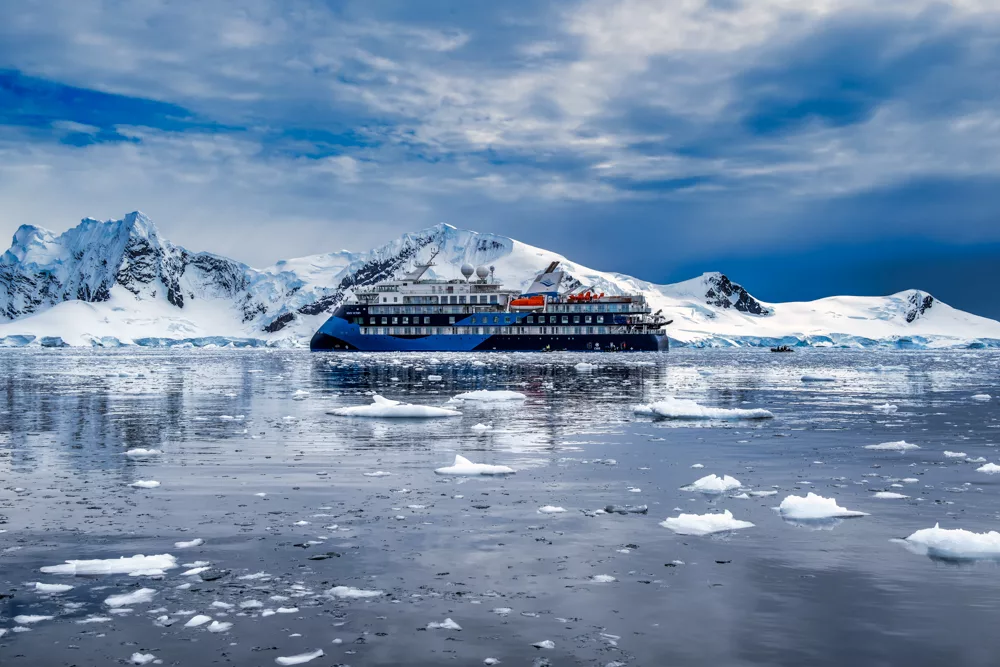
Atlas & Boots
The Ocean Victory
We visited Antarctica on the Ocean Victory, currently the greenest expedition ship that tours the continent. The ship has a particularly striking shape due to its distinctive X-Bow or “backward sloping bow”. The design helps the ship pierce through waves as opposed to riding them, reducing pitching and rolling in rough seas. It essentially makes the ship more stable, comfortable, energy-efficient and photogenic.
16. More penguins than you can count
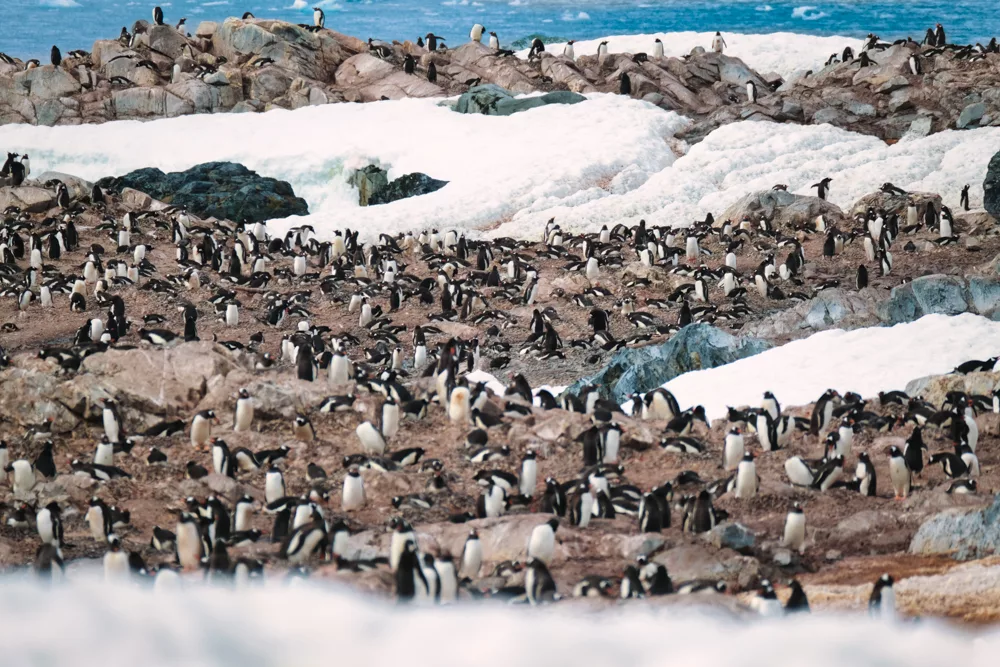
The colony at Neko Harbour is home to over 250 breeding pairs of Gentoo penguins. With their wildfire-orange beaks, white-feather bonnets and rosy feet, Gentoos make for a handsome penguin. So when 500-odd congregate at an already picturesque spot you get a spectacular sight.
17. It’s a photographer’s dream
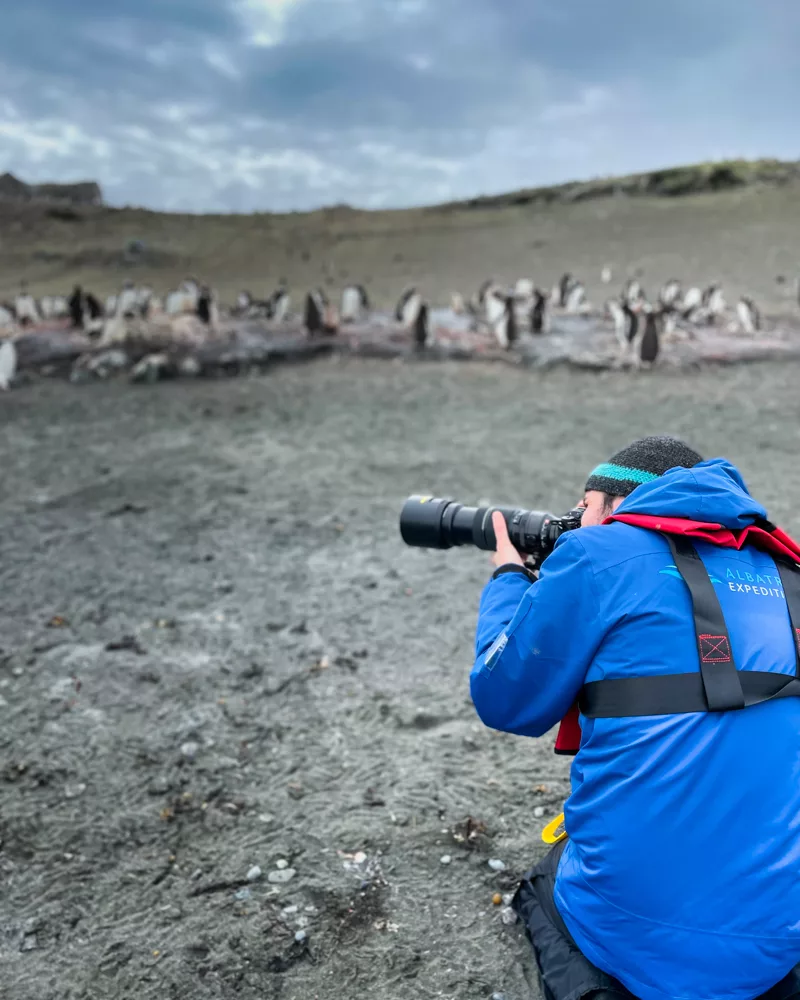
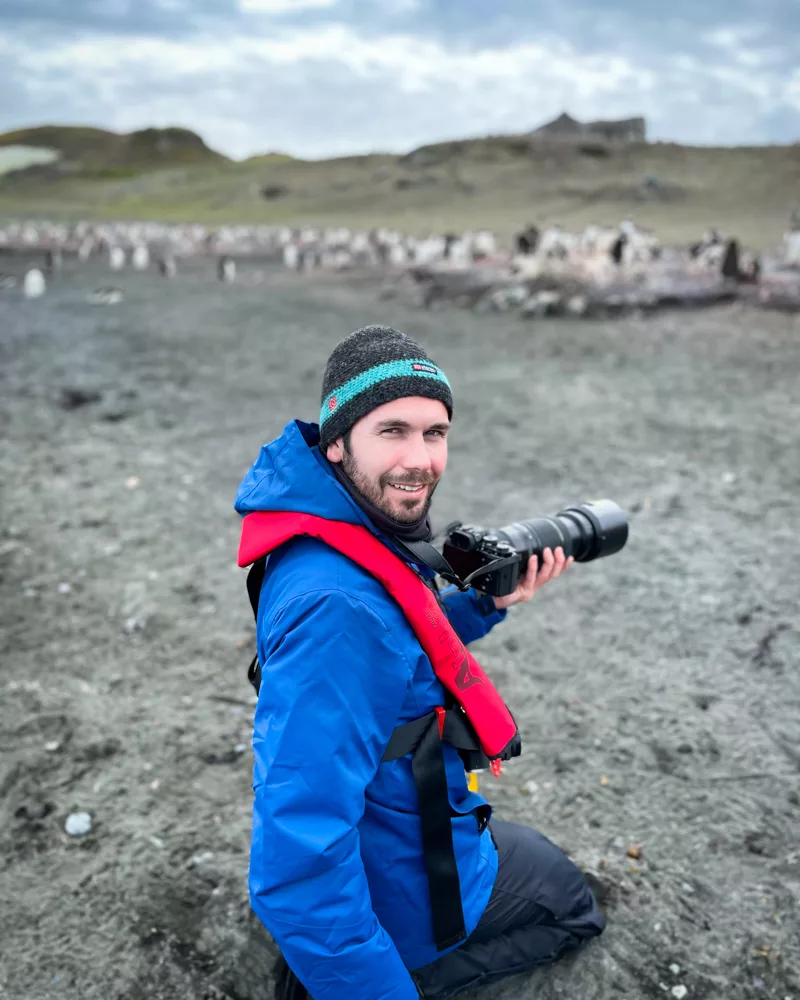
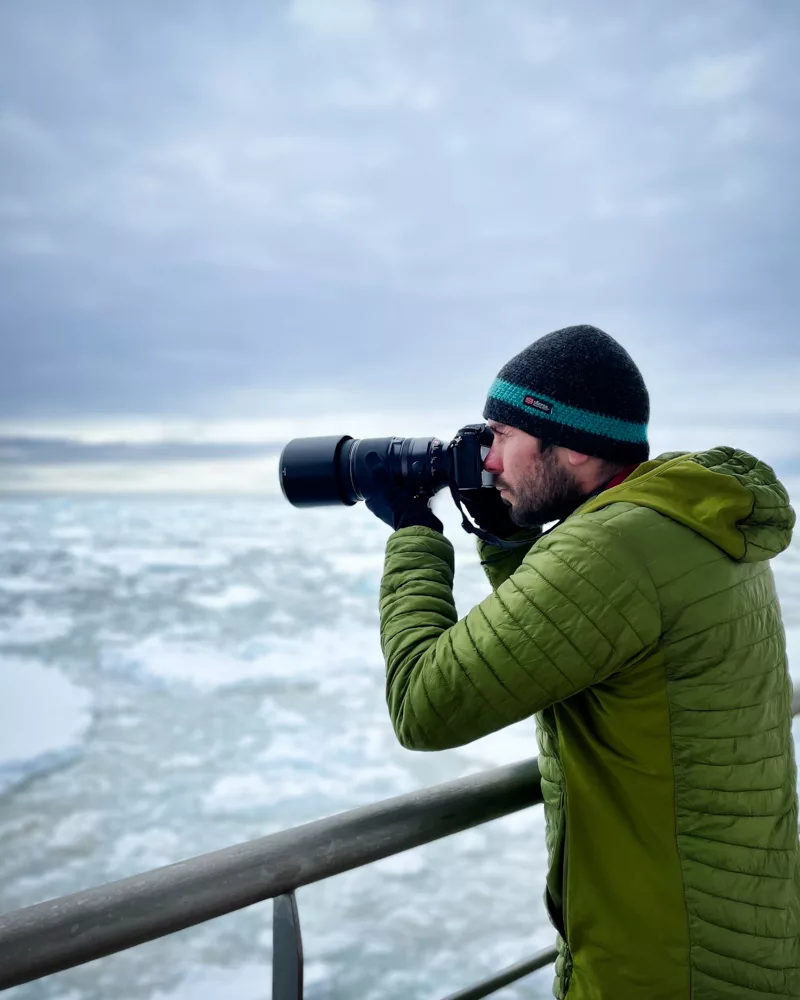
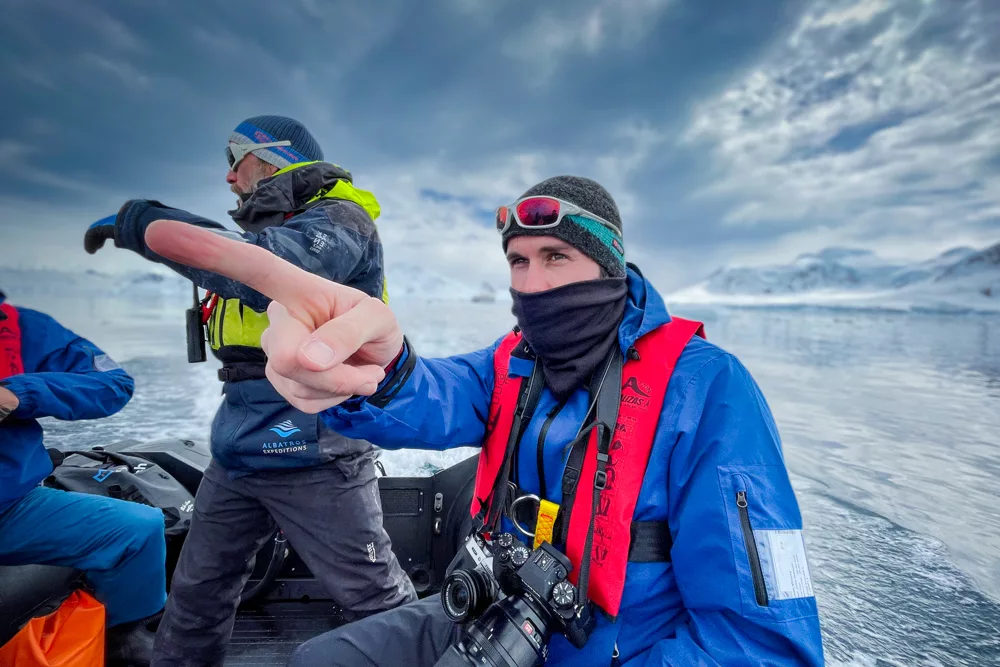
Atlas & Boots
Antarctica is a photographer’s dream
I recently made the leap from my longstanding affiliation with Nikon DSLRs to a considerably lighter Fujifilm mirrorless camera. While I’ve enjoyed carrying a lighter backpack during my treks, I have missed the versatility of my old 18-300mm zoom lens. So, for this trip, I hired an extra camera body, a Fujifilm X-T4 and a Fujinon XF 100-400mm telephoto lens to go with my Fujifilm X-T30 and kit lenses.
It meant I always had a camera to hand for wider landscape as well as wildlife shots. The downside is, having now returned the X-T4, I’ve got my heart set on upgrading my camera again!
18. Cute gentoo chicks
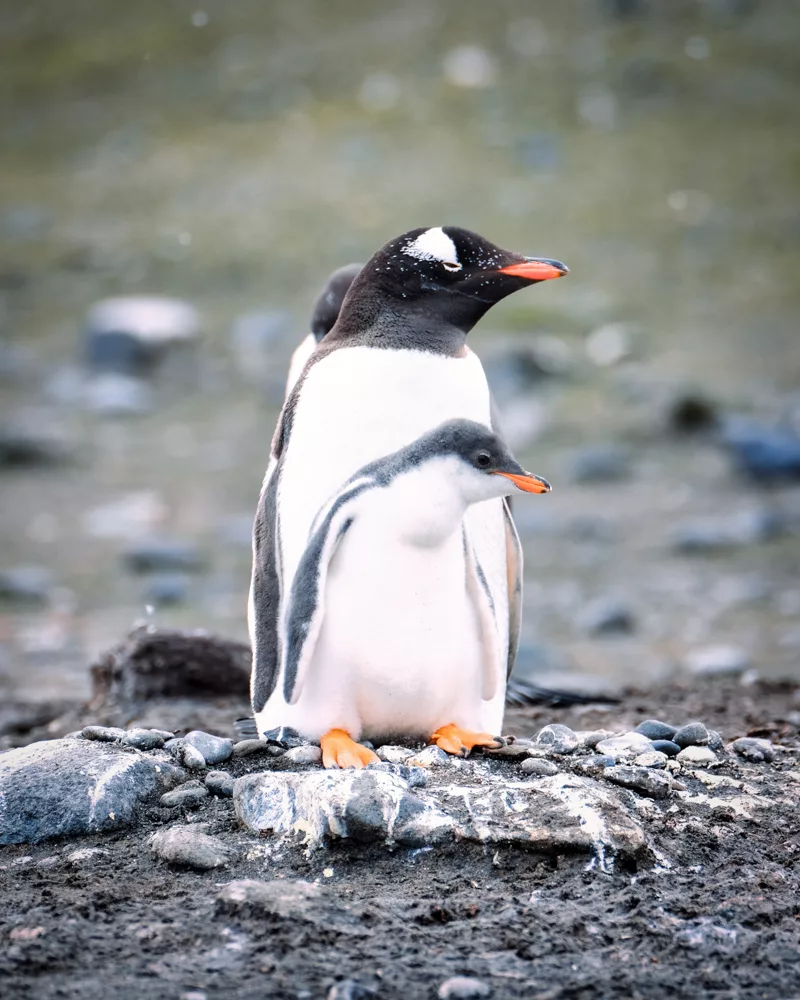
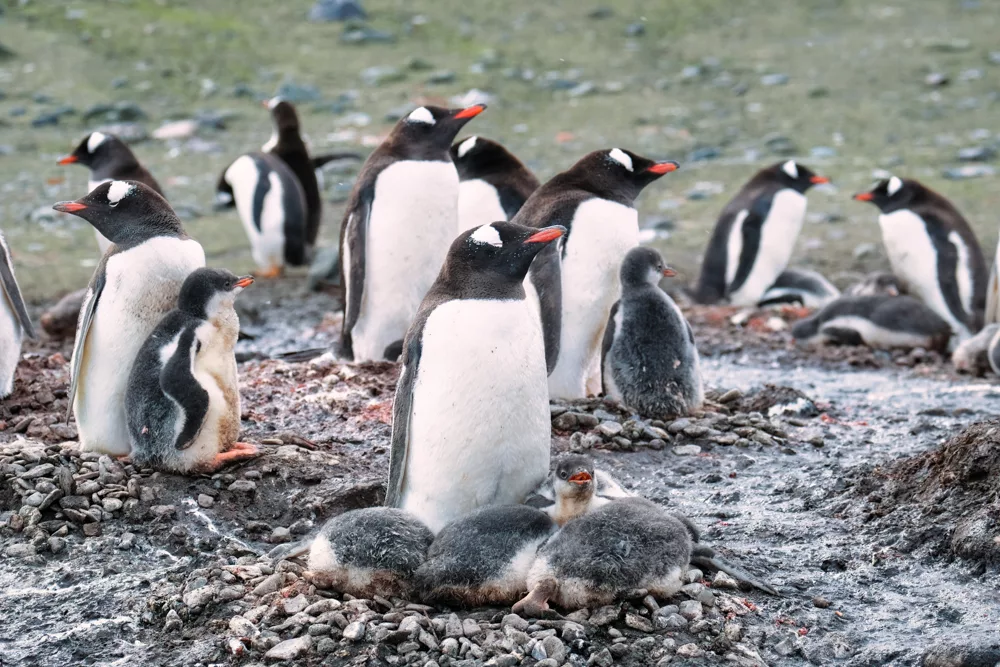
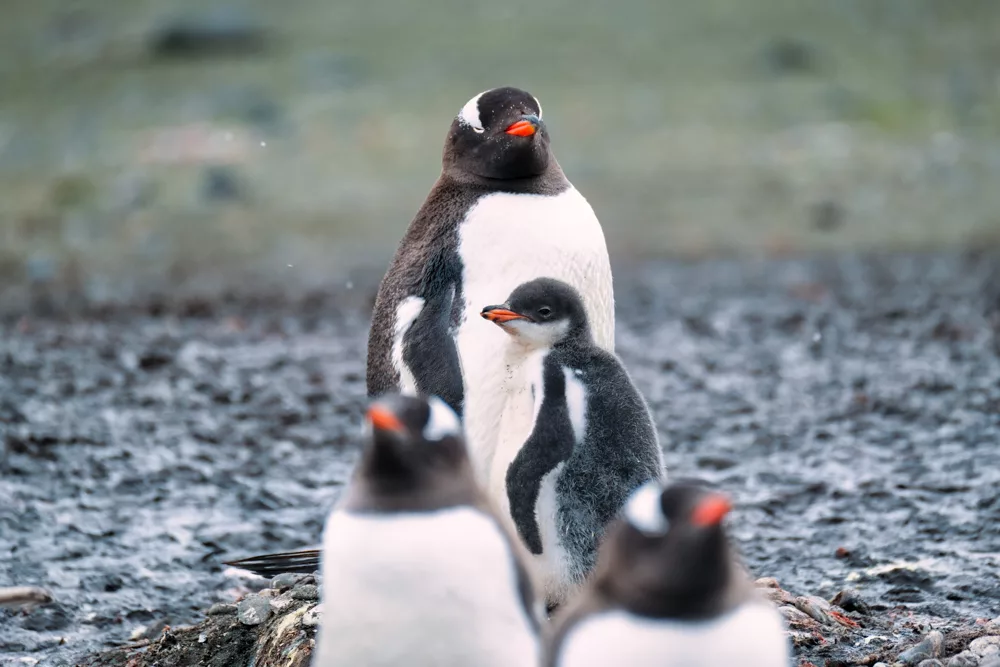
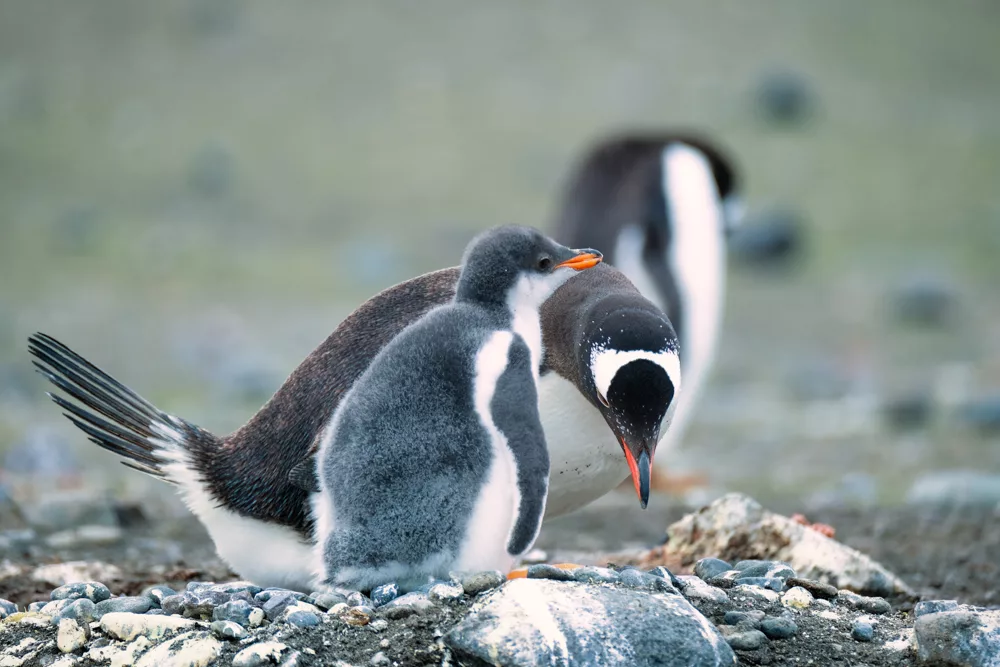
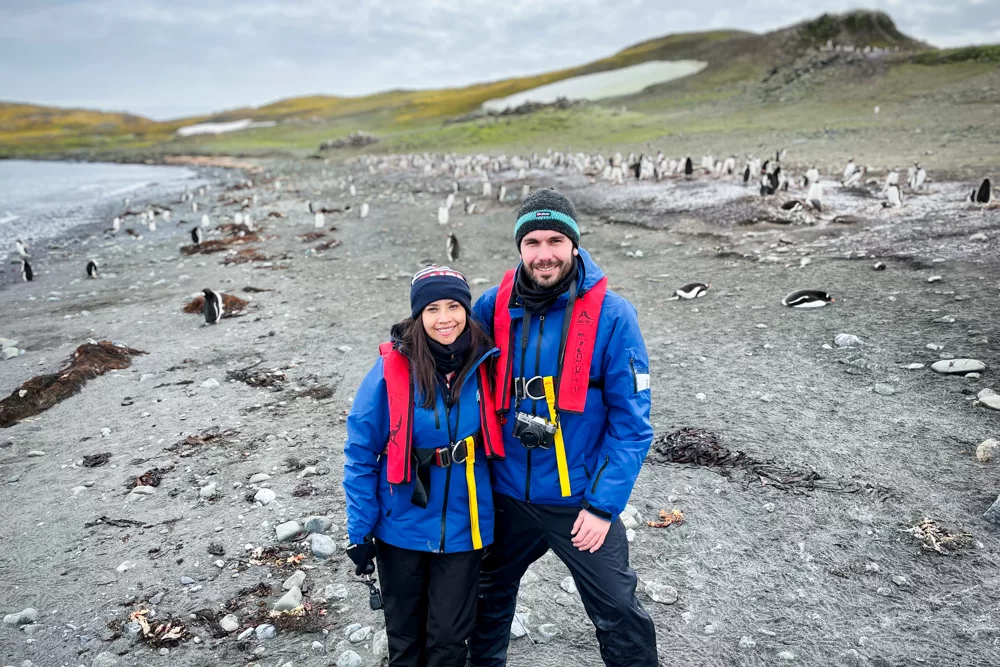
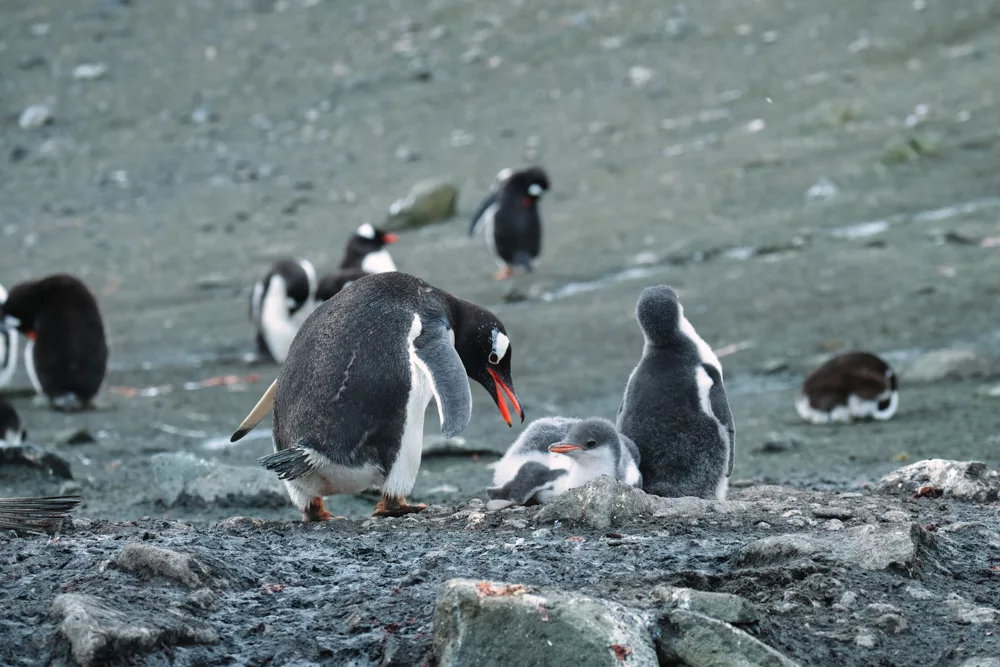
Atlas & Boots
Gentoo chicks on Barrientos Island
Our final landing of the voyage was to Barrientos Island in the South Shetlands, home to Gentoo and Chinstrap penguins. No one told us beforehand that there was one final surprise in store. The Gentoos had had a successful breeding season and the colony was full of penguin chicks. We had the honour of watching the feathery little bundles nest, feed and play with their parents. It was nature at its finest.
19. Penguin Highways
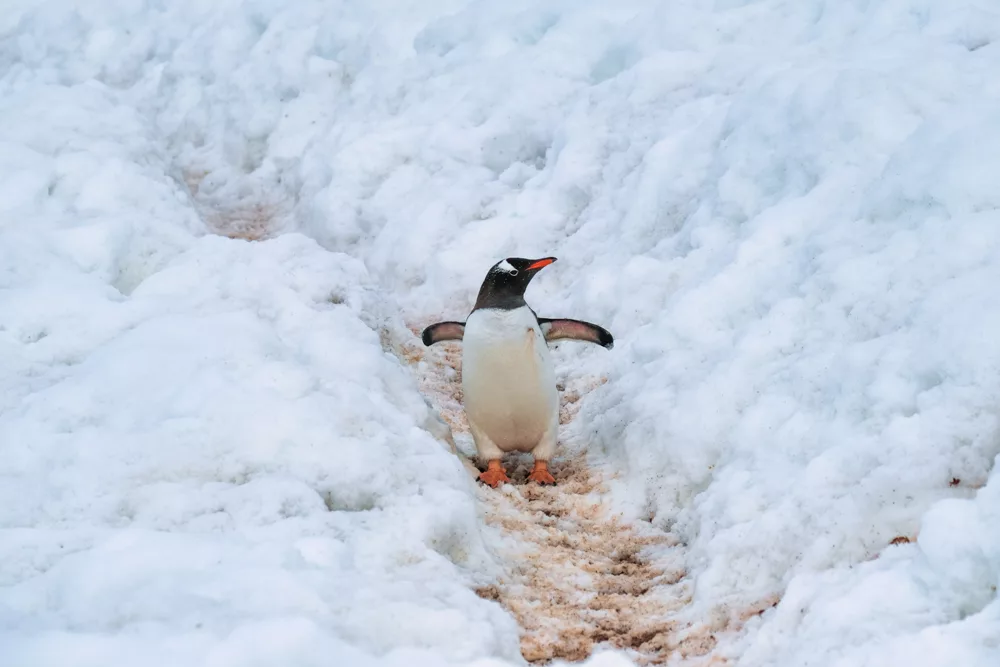
Every time we visited a colony, we came across “penguin highways”, a series of trails carved into the snow over time. The highways are pioneered by a few brave penguins and then compounded by many others on their way to the sea from their nesting area on rocky outcrops. It’s important that when you visit a colony, you never block a penguin highway. Life is already hard enough for these little guys without clumsy humans getting in their way!
20. Old vs new
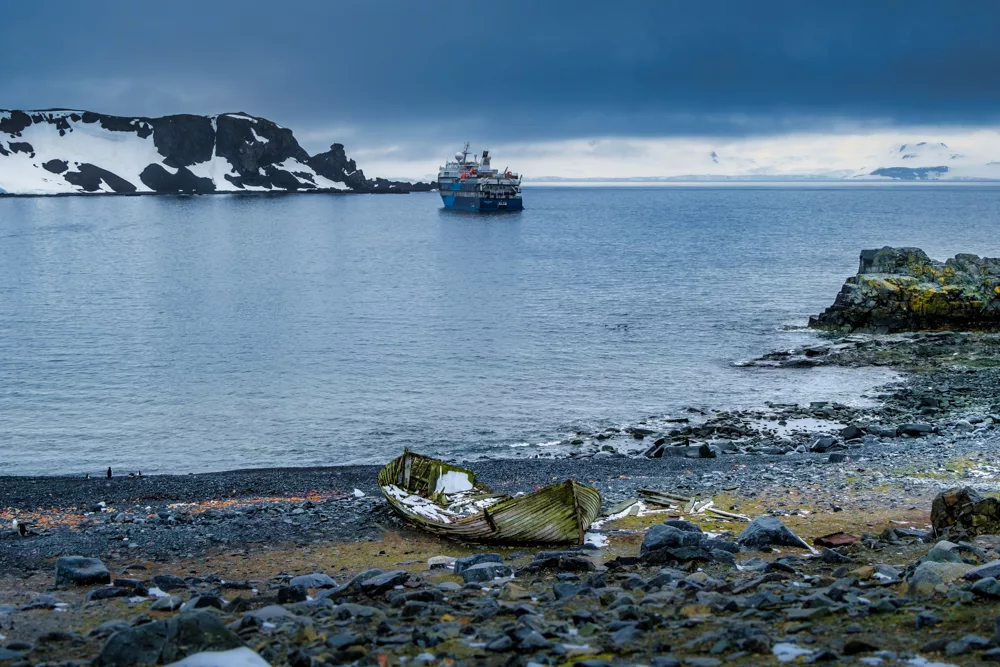
Over 1.3 million whales were killed in just 70 years around Antarctica, decimating several whale populations in the region and pushing many species to the brink of extinction. Although evidence of this barbaric industry can still be found around the continent, fortunately, whaling in Antarctica has been consigned to the past.
Today, under the terms of the Antarctic Treaty, no Antarctic bird or mammal can be harmed, captured or killed without a permit – which are only granted for scientific reasons. As such, some of the most heavily-targeted whale species are finally showing signs of recovery.
21. epic landscapes
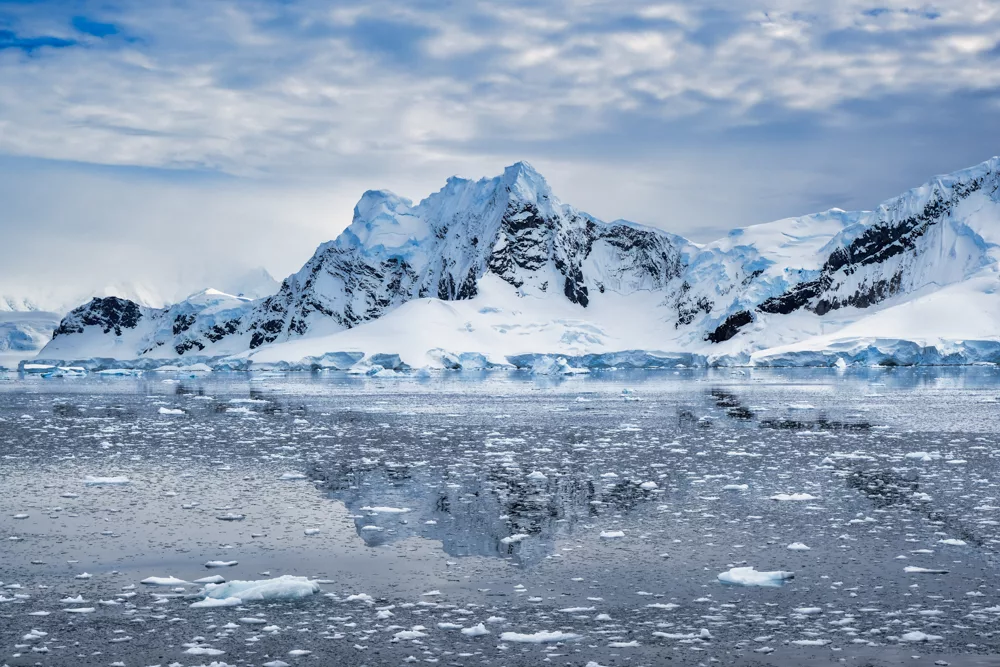
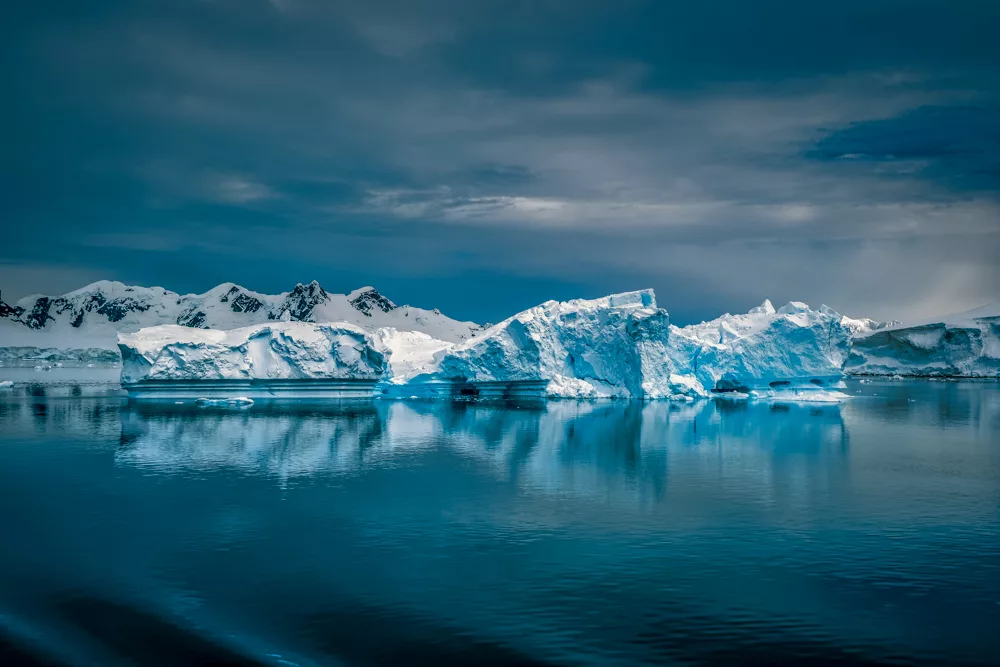
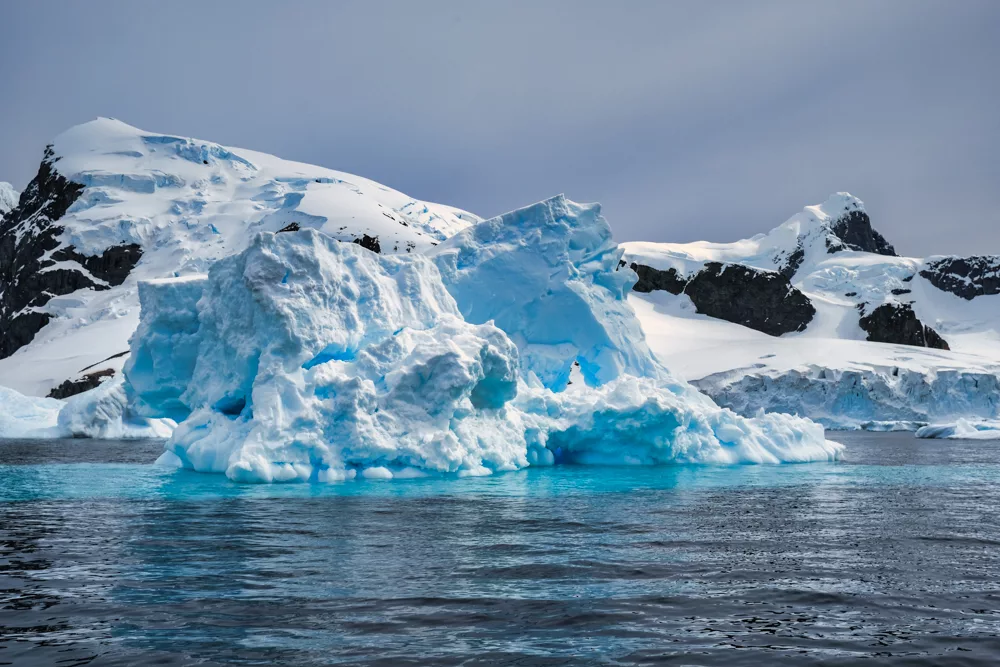
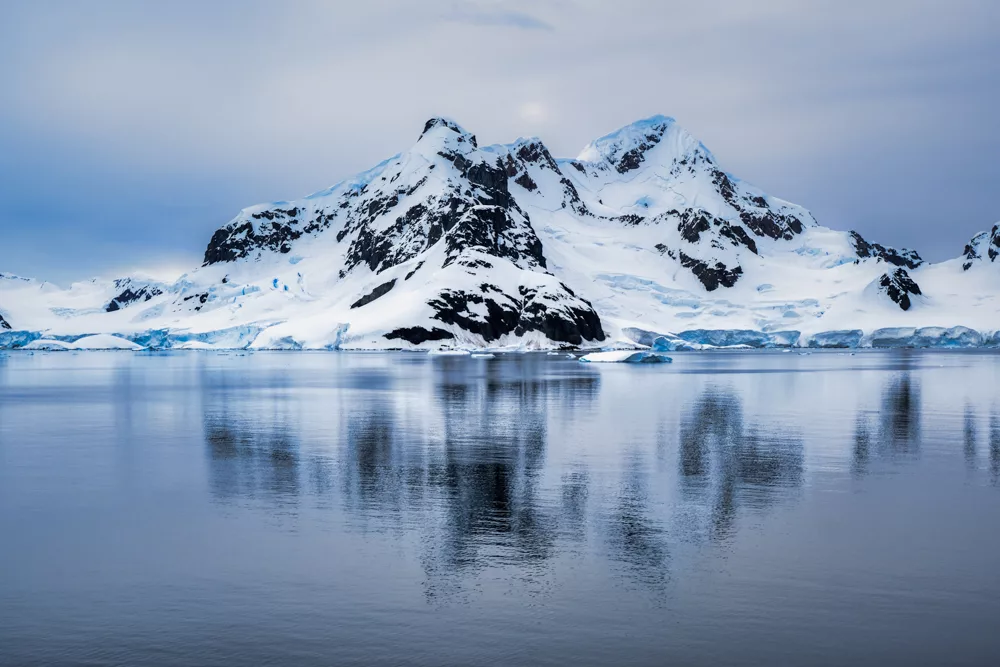
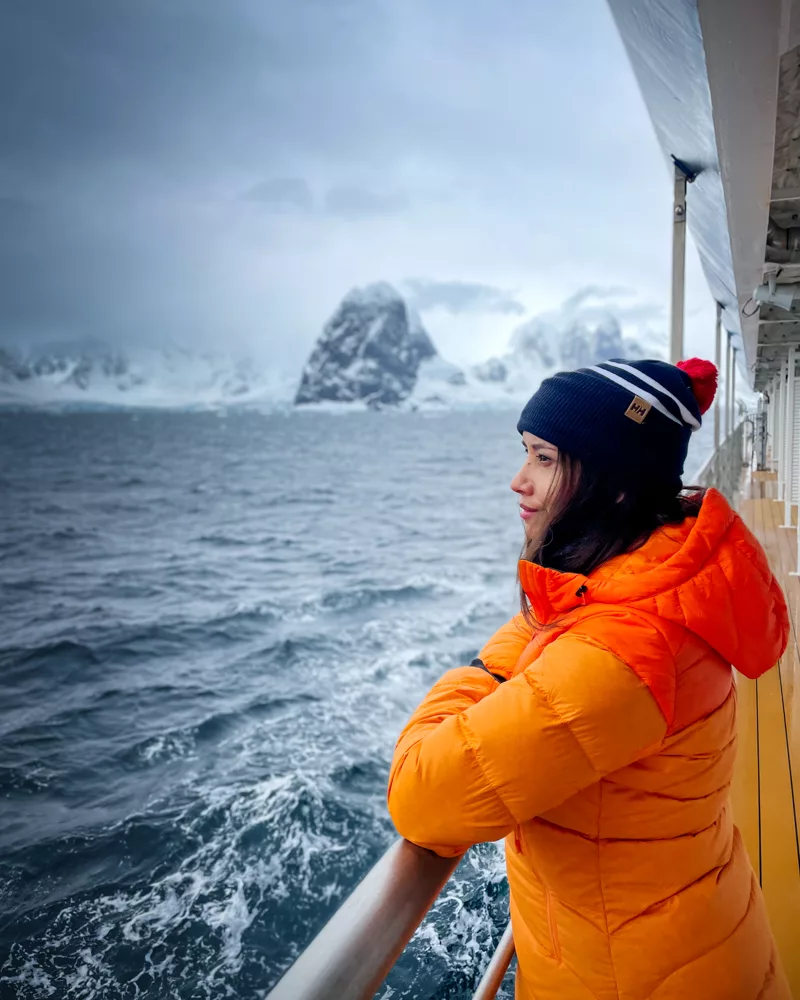
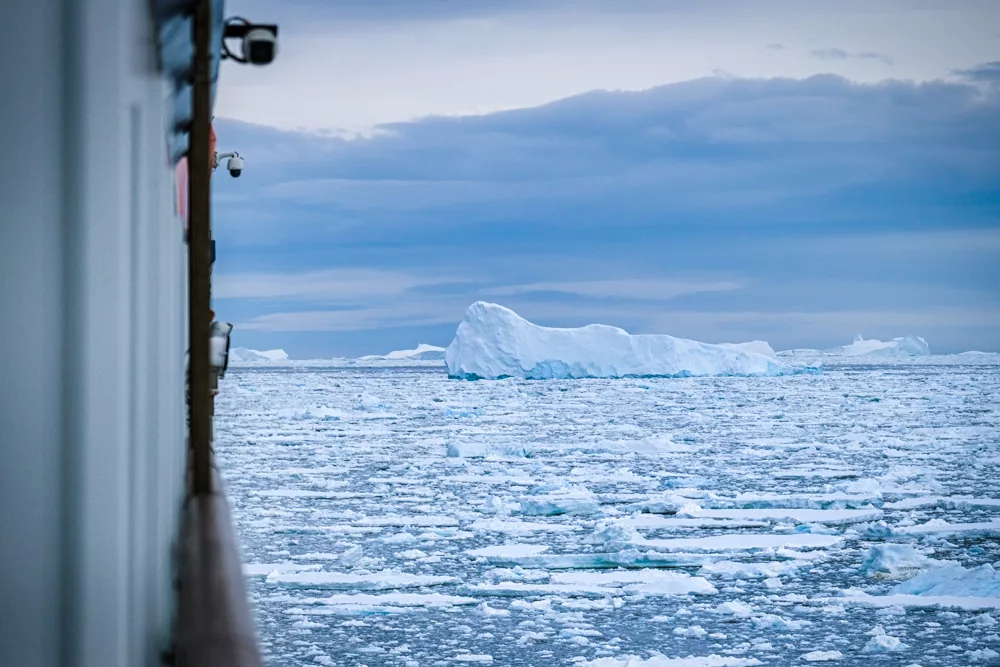
Atlas & Boots
There is no place on Earth like Antarctica
There is a scale to Antarctica that is impossible to convey through photos. Kia and I have been fortunate enough to see glaciers, icebergs and mountains before. But everything we have seen before feels Lilliputian in comparison. Put simply, there is no place on Earth like Antarctica.
22. It’s a privilege
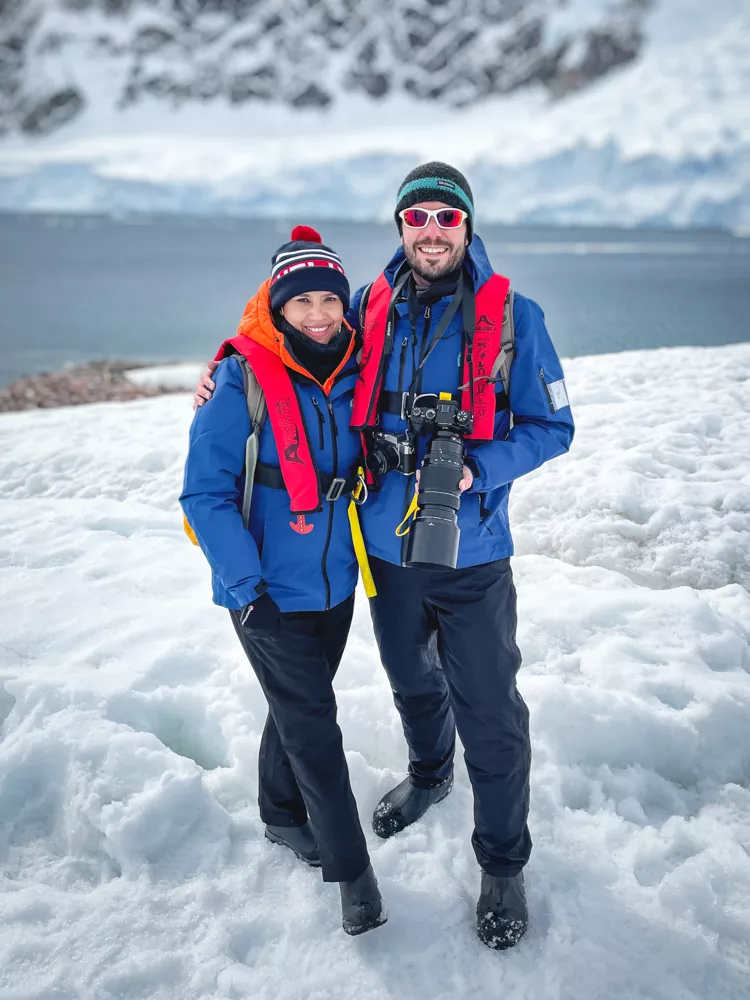
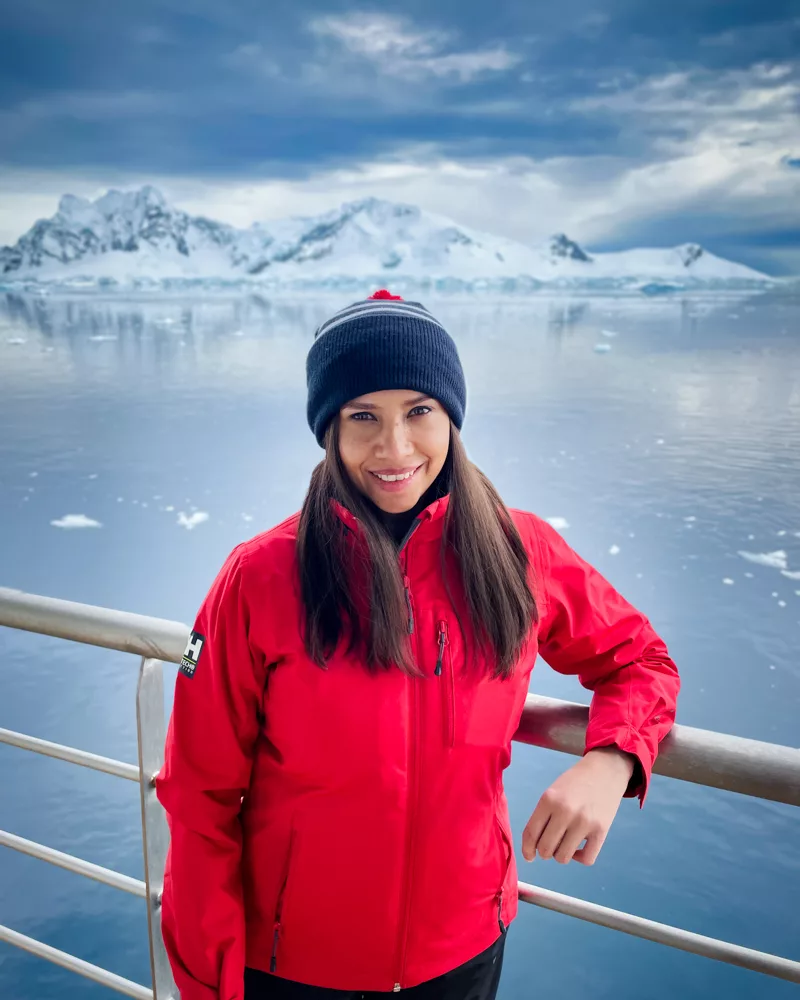
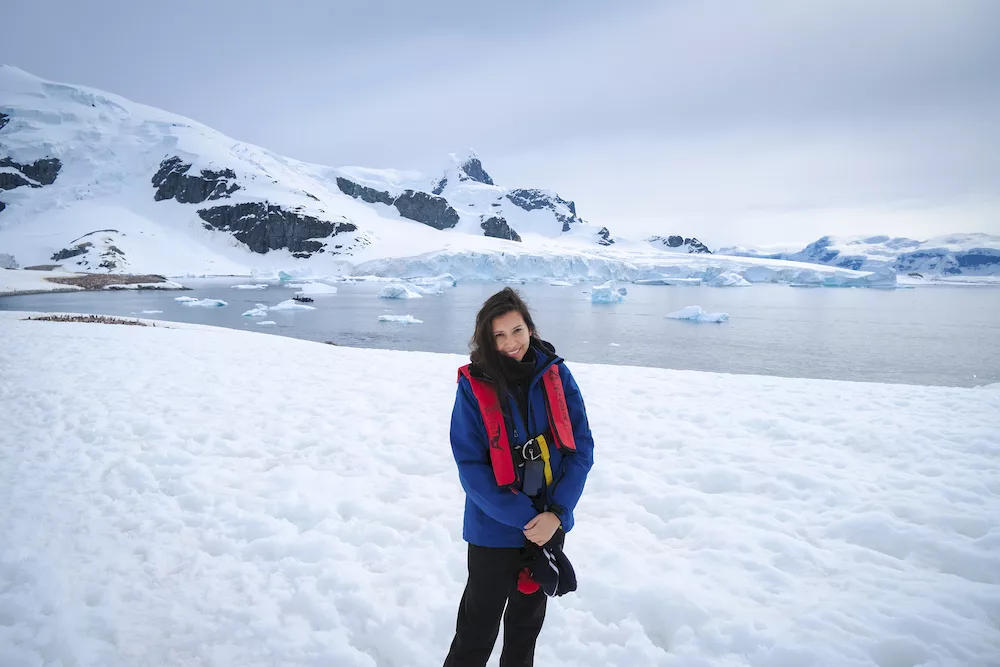
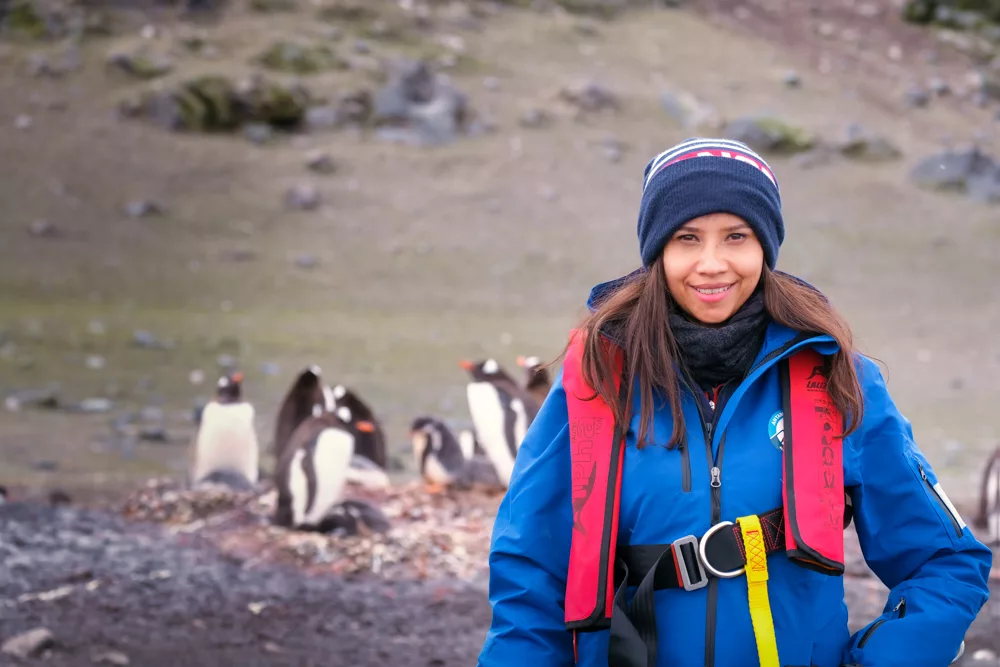
Atlas & Boots
Visiting Antarctica was a privilege
Antarctica has a hold over humanity. We can neither conquer nor control it. There is something deeply reassuring that, on a planet of nearly eight billion people, there are still places that remain virtually untouched by mankind. Here, in the southernmost region of the world, it is clear that humans are nature’s guests. Here, she calls the shots. We can stay for a while, but only on her terms.
Antarctica: the essentials
What: We joined a 10-day expedition to the South Shetland Islands and Antarctic Peninsula with Albatros Expeditions.
Where: We stayed in a Balcony Suite on Ocean Victory, a state-of-the-art small ship with 93 staterooms, all with a view of the ocean and 90% with their own balcony. Our suite included a double bed, seating area, bathroom and private balcony as well as robes, slippers and a hairdryer.
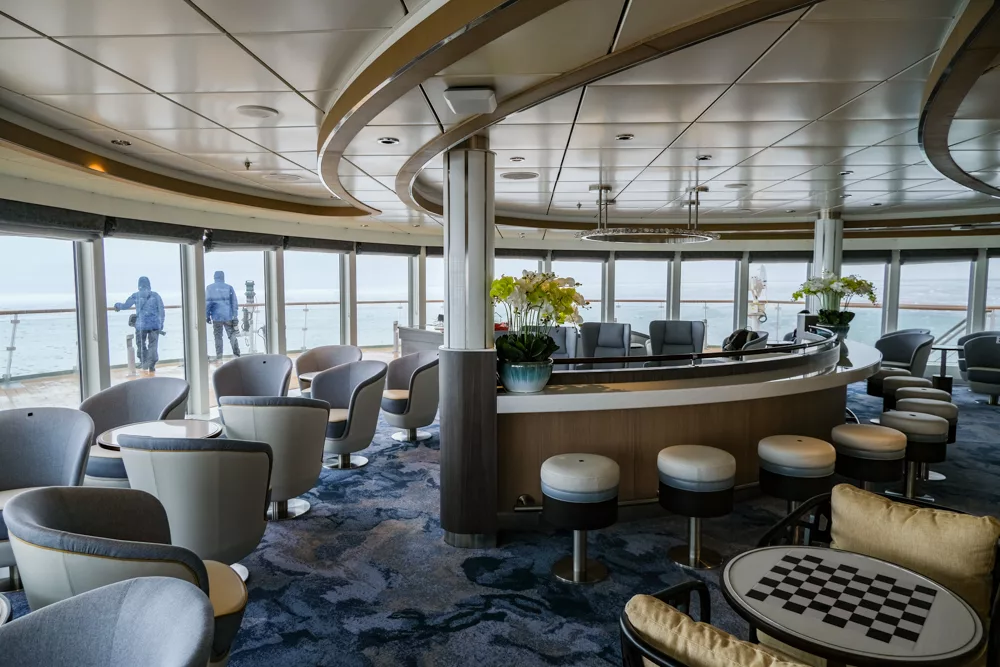
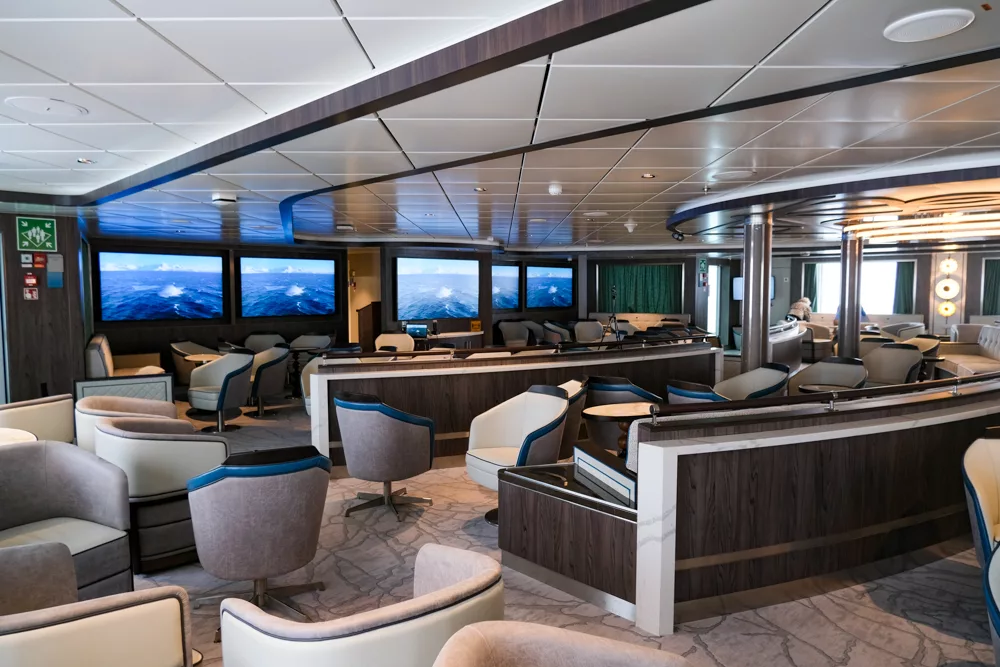

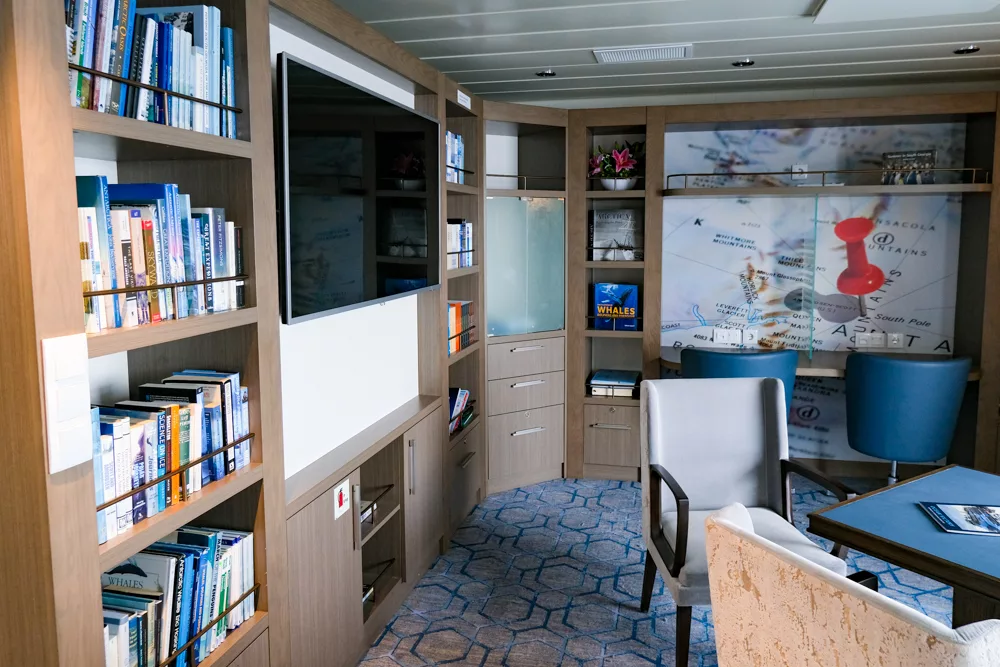
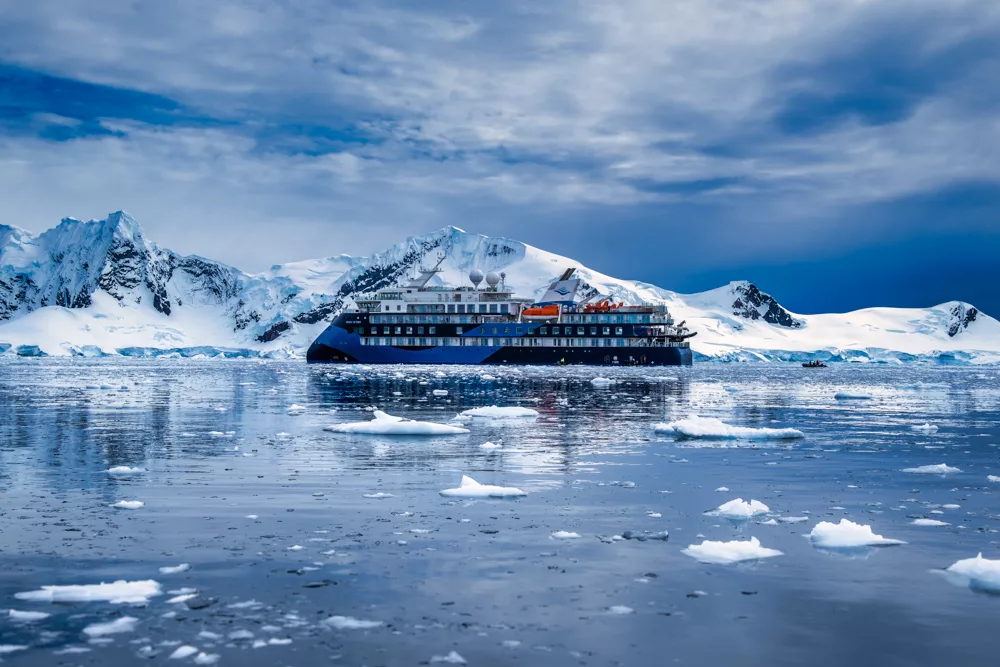
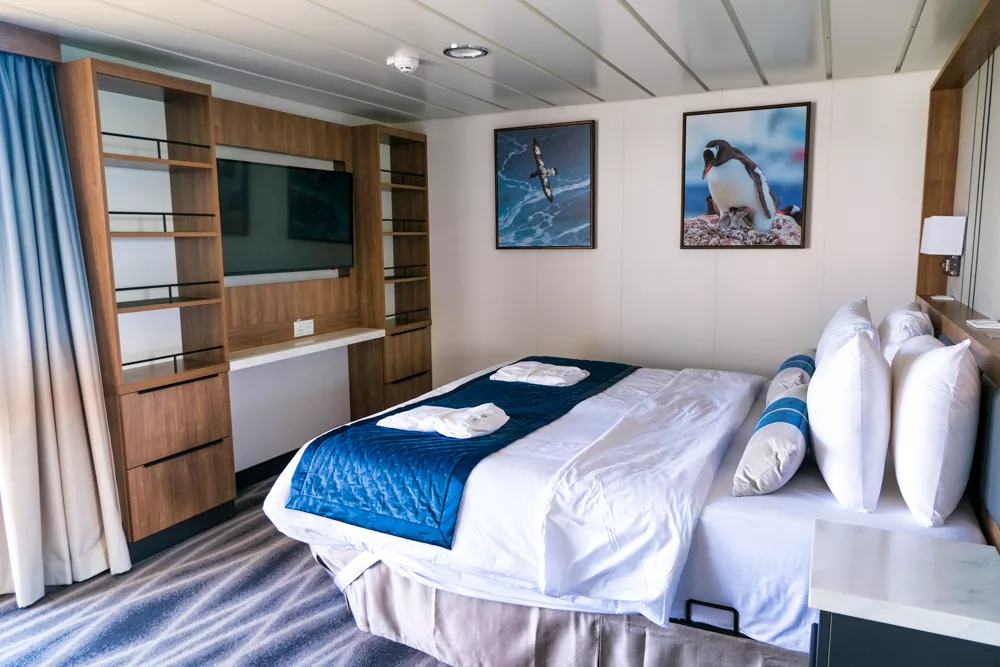
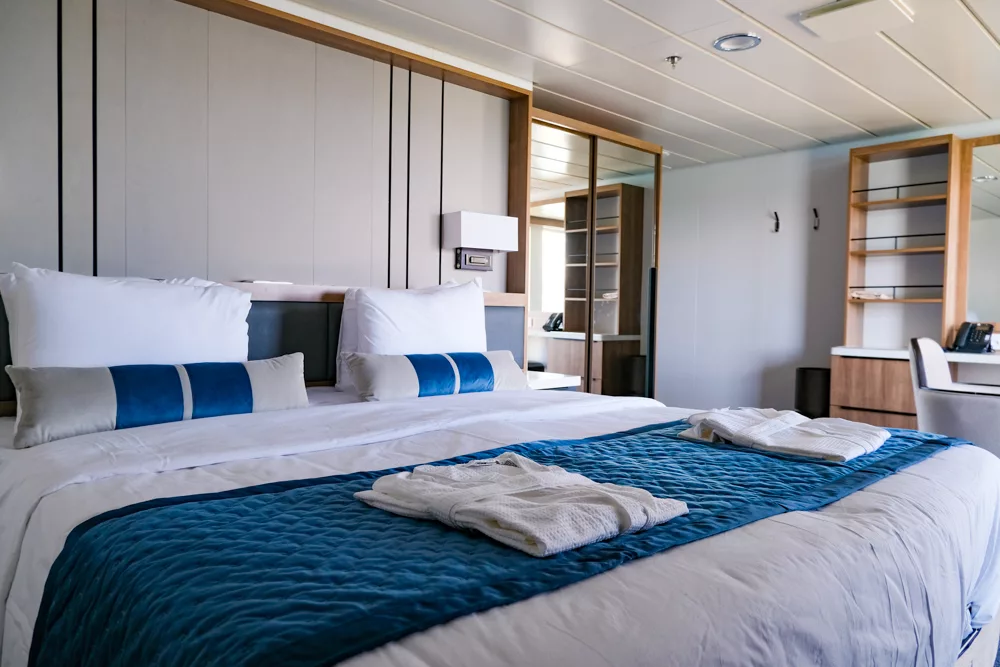
Atlas & Boots
The Ocean Victory is equipped with two restaurants and a barbecue deck, two bars including one with a panoramic view, a pool, spa, gym, shop, library and lecture lounge. Note that some of these amenities may be closed depending on Covid restrictions.
When: The best time to visit Antarctica is November to March when it is summer on the continent. December to February are particularly good months as temperatures are regularly above zero.
How: We visited Antarctica on the 10-day South Shetland Islands and Antarctic Peninsula Expedition on the Ocean Victory. Prices start at $14,990 USD per person for a Balcony Suite based on two people sharing, and $6,990 USD per person for a Triple Stateroom (porthole only) based on three people sharing.
Discounts and promotions can be found close to departure dates. Check Adventure Life and Cruise Norway in the US, or Wildfoot, Swoop or Audley Travel in the UK.
Prices include all Zodiac landings, an expedition parka, rubber boot rentals, guiding and lectures, all meals onboard and 24-hour tea and coffee. The kayaking and camping excursions are extra, as is internet access. We bought two hours of internet for the duration of the expedition ($50 USD) as we wanted to limit our time online.
We flew from London to Buenos Aires where we stayed at Hotel Club Francés, a grand and historic hotel in the heart of the elegant Recoleta neighbourhood. From there we took a domestic flight from Ushuaia to Buenos Aires. Book via Skyscanner for the best prices.
One final note: take all your cash in USD and convert to local currency once you’re in Argentina. The country’s ‘Blue Dollar’ rate means you can get a lot more for your money compared with withdrawing from a cash machine or paying by card.
Enjoyed this post? pin it for later…
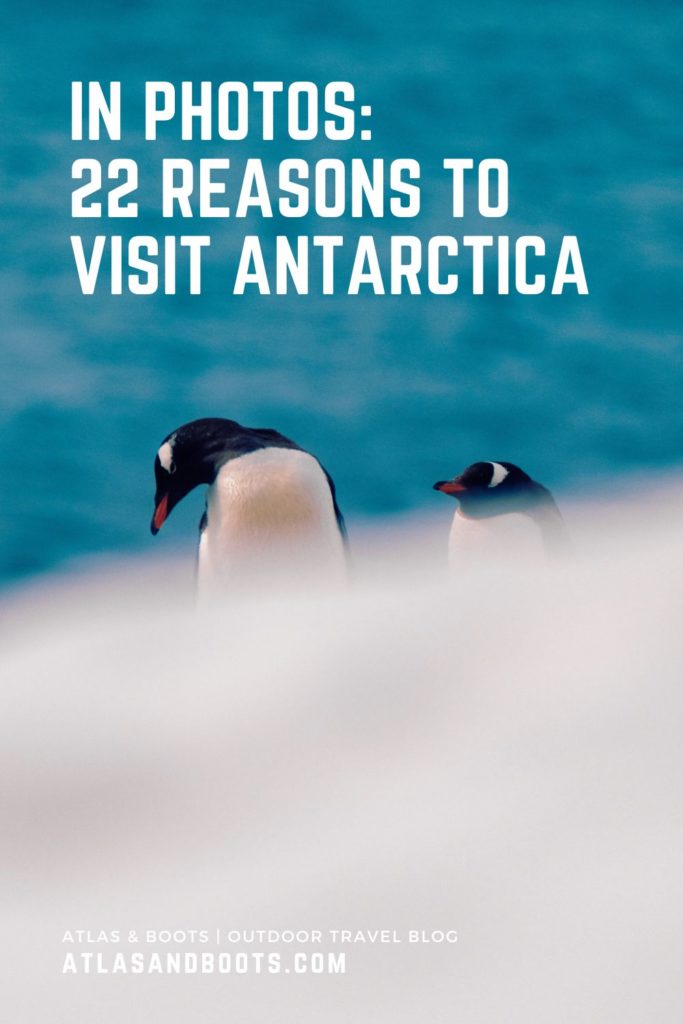
Disclosure: We were hosted on Ocean Victory as guests of Albatros Expeditions who covered the full cost of the expedition. We funded all flights, transfers, staff gratuities, on-shore accommodation and expenses ourselves. We never guarantee positive coverage and all opinions are our own.
